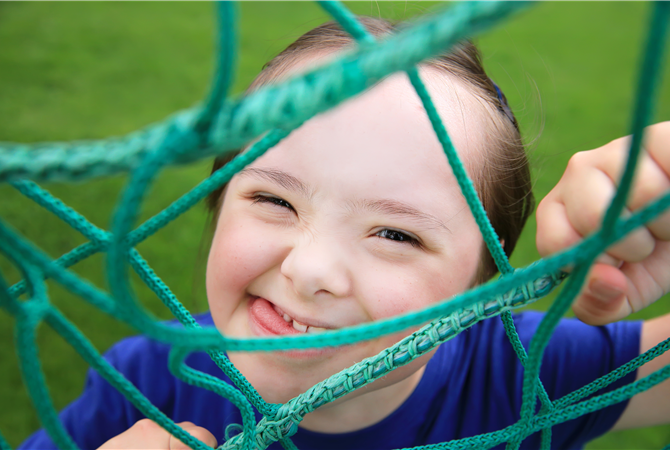
Reference : Haegele, J. A., Salerno, M., Nowland, L. A., Zhu, X., Keene, M. A., & Ball, L. E. (2023). Why modif...
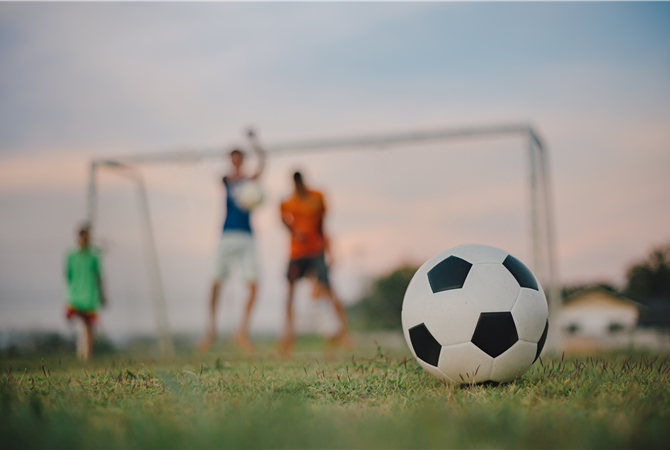
Reference : Booth, R. J., Cope, E., & Rhind, D. J. A. (2023). Crossing the line: conceptualising and rationalis...

First, thank you to Ash for highlighting our open access paper on the potentials and pitfalls of Artificial In...
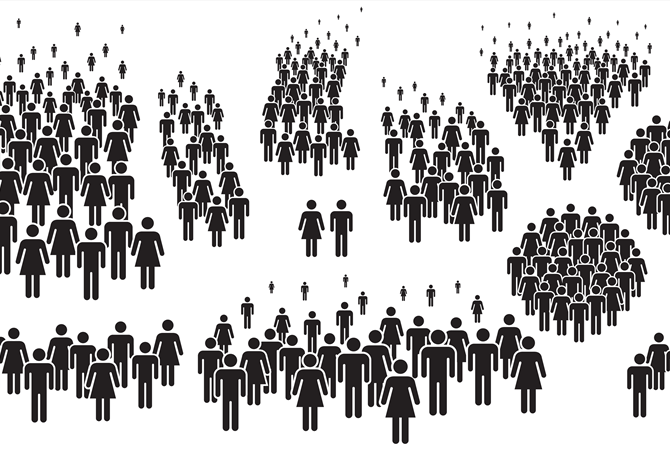
Many thanks Ash (and the PEPRN blog) for engaging with our recent national survey of ability grouping practices in P...
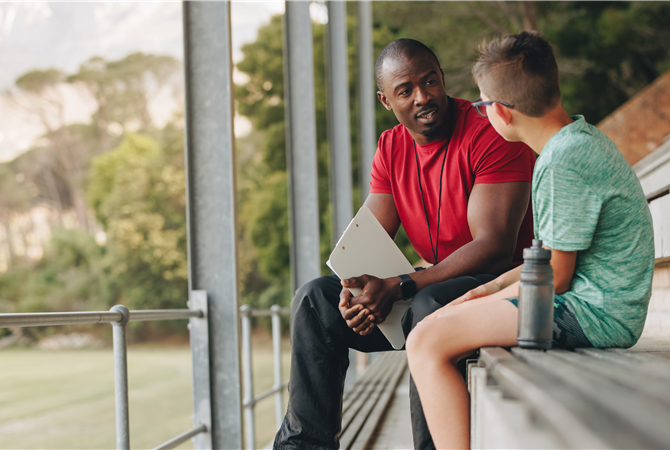
Reference: Louis Francis-Edge, Annette Stride, and Hayley Fitzgerald. (2023). Basketball shorts, plantation food, ...

Reference : Killian, C. M., Marttinen, R., Howley, D., Sargent, J., & Jones, E. M. (2023). "Knock, Knock... Who...

Reference : Shaun D. Wilkinson & Dawn Penney (2023): A national survey of ability grouping practices in seconda...
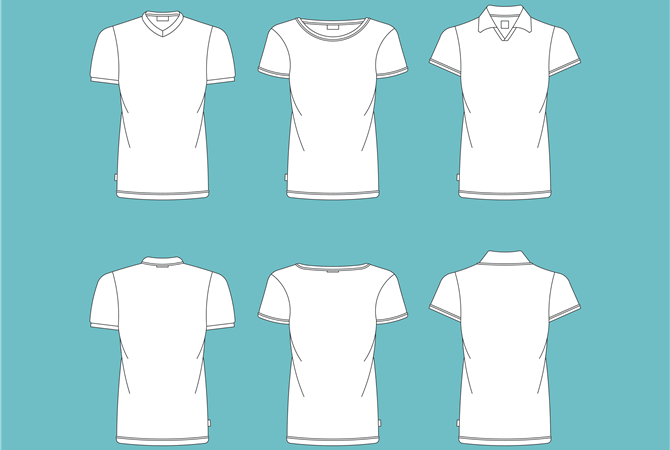
Reference : Tess Howard (2023): Practical, professional or patriarchal? An investigation into the socio-cultural im...

Our sincerest thanks to Ash and the PEPRN blog for engaging with our 2017 review of literature on meaningful experie...
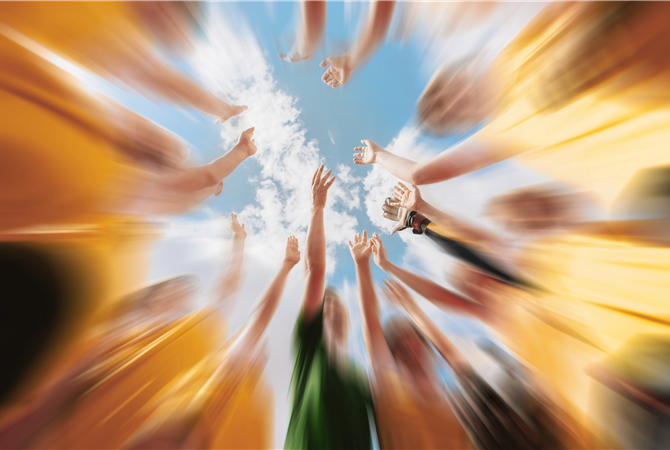
Reference : Stephanie Beni, Tim Fletcher & Déirdre Ní Chróinín (2017) Meaningful Ex...

I appreciate the critical review, the promotion of the article (which the blog provides), the perspectives offered t...

Reference : Hal A. Lawson (2020) Social Determinants of the Physical Education System, QUEST, 72: 2, 208-223 https...
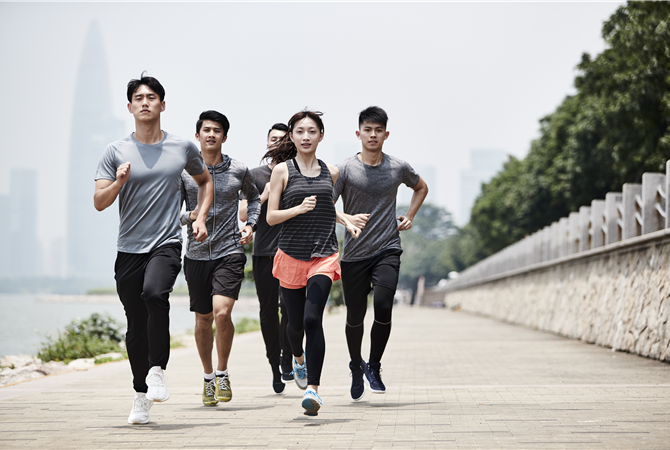
Reference : Xuan Meng, Andrew Horrell, Paul McMillan, and Guorong Chai (2020). ‘Health First’ and curri...

Although Continuing Professional Development (CPD) has received great attention in recent years as a key strategy fo...

Reference : Deborah Tannehill, Giyasettin Demirhan, Petra Caplová, and Züleyha Avsar (2020). Continuing...
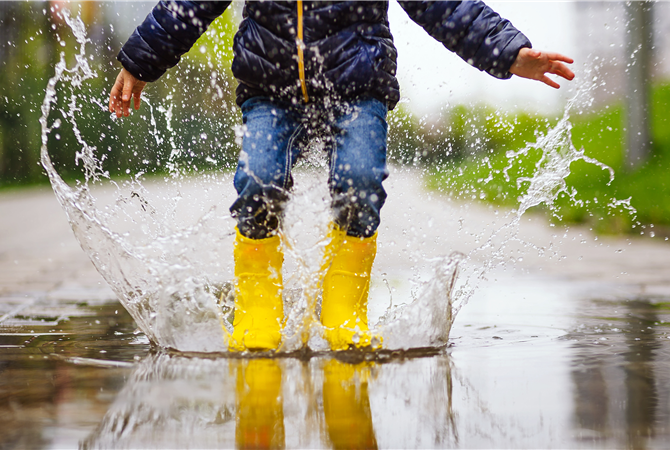
This keynote and the following paper, published in a special issue involving several papers from the conference, sta...

Reference : Mikael Quennerstedt (2019) Physical education and the art of teaching: transformative learning and teac...

Thank you for presenting a summary of our research in your blog. In our paper, we aimed to contribute to a fruitf...

Reference : Valeria Varea, G. González-Calvo & A. García-Monge (2022) Exploring the changes of ph...
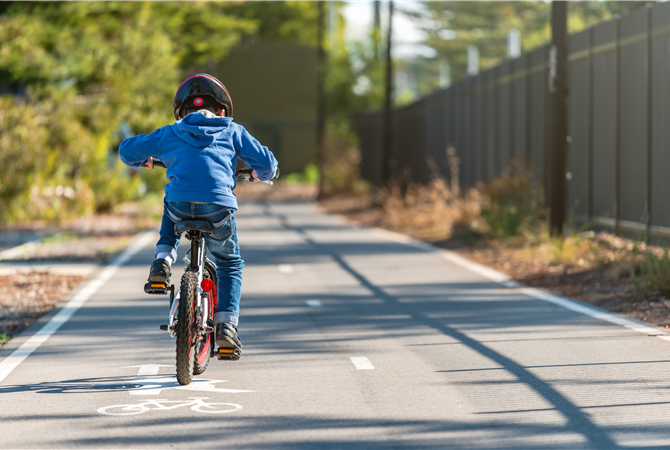
Ash, thanks so much for taking the time to engage with our paper. Our aim was to open up the conversation related to...

Reference: Justen O’Connor, Laura Alfrey & Dawn Penney (2022). Rethinking the classification of games an...

For many years I wrote a weekly blog. In fact, between 2011 and 2021 I accumulated a catalogue of more than 450 blog...

The final whistle blows, the final ball is delivered, the final vault completed. The end of a competitive event can ...

I launched PEPRN in April 2010* through a post titled “Finding a starting point for teachers-as-researchers&rd...

What has emerged from this series of blogs is a very real sense that new teachers are not free to simply be who they...

W hen new teachers start to make the transition from non-teacher to teacher shouldn’t this be with a sense of ...
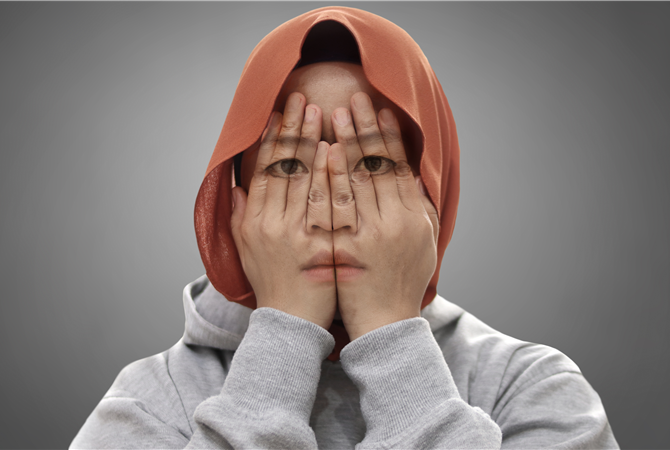
When the place (or site) we work appears to legitimize something distasteful what do we do? Do we accept it or do we...

Strategy, it seems, is not left on the playing fields of physical education but is significant in departmental space...

Teaching’s not just a profession, it’s not just a passion, it’s also a disposition. Wanted:...

There is no single staffroom. We all understand and negotiate it differently depending on who we are. The Japan...
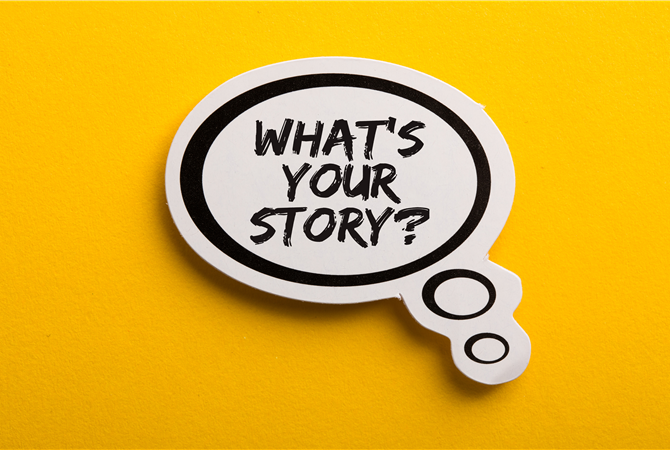
When we hear and tell stories of others, we inevitably make sense through our own filters and experiences. The ...
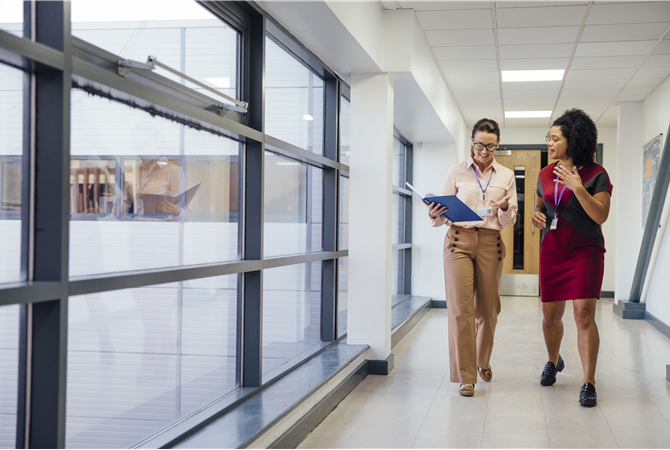
The world has changed in many ways and yet the way people are socialised into a profession, or a trade, has persiste...
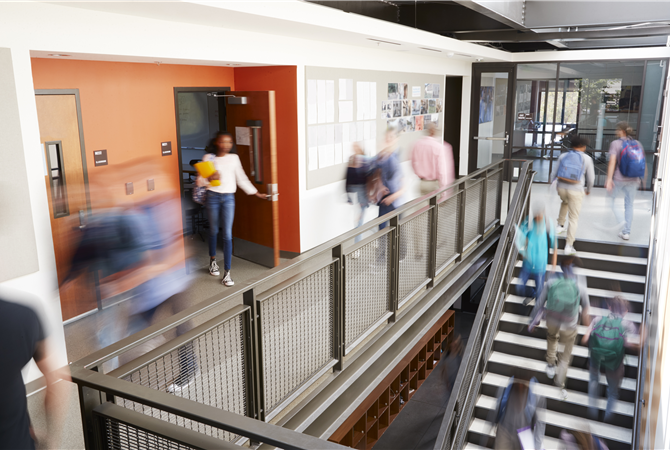
On-the-job learning in teacher education continues almost unquestioned but what are aspiring teachers learning in t...
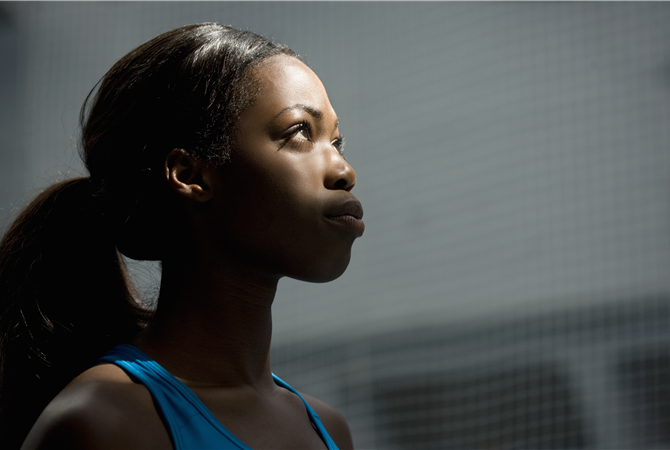
I’m going to be honest. While I always look for papers for this blog that challenge and intrigue me, both as a...
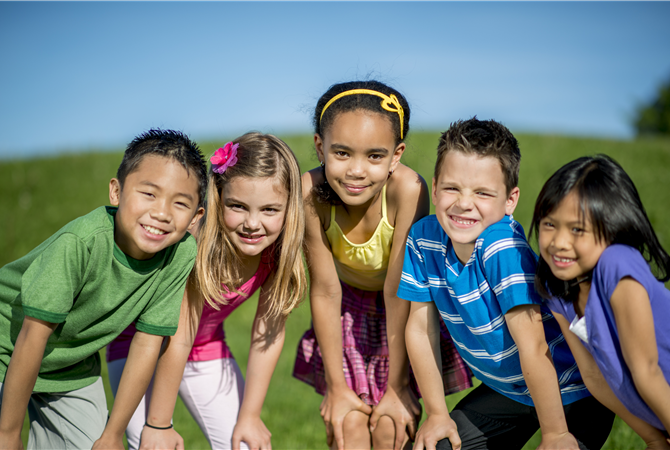
I was sold physical education as team games. I think I was probably given a harder sell than my friends because, com...

The most significant moment in my professional life was the shift from a teacher-led to a student-centred approach i...

I started my teaching career teaching boys’ physical education. I would say that throughout my career I taught...

My final experience at school was a cricket tour to Barbados to play in the Sir Garfield Sobers International School...

I recently had the pleasure of listening to Brian Culp’s talk “ Black Humanity in a Crisis of Movement &...

I don’t remember much about primary school. I remember small bottles of full fat milk at break time, and Mrs J...

Since the age of nine, when I first read The Hobbit, my go-to category of writing has been fantasy fiction. I’...
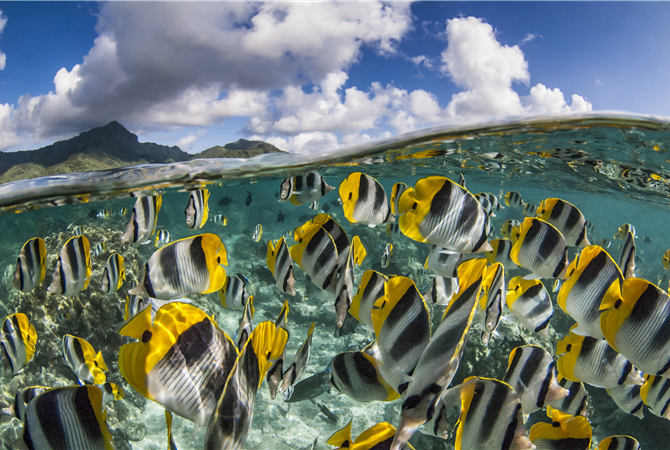
There used to be a time – not so long ago – when many members of staff in a school would contribute to t...

I recall the buzz I got from my first Fitbit and then the bigger buzz I got from my first Apple Watch (the first and...
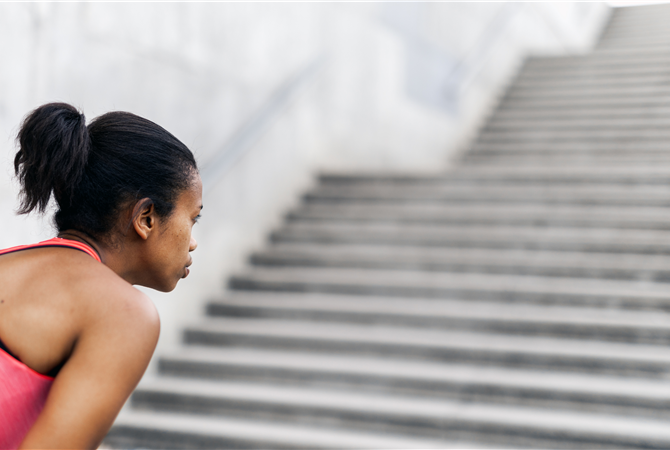
The words below from Martin Luther King sit on a plaque next to my desk. They serve as a reminder to me to continue ...

When did you learn to teach? Seems like a simple question but I bet it’s a convoluted answer. As far as every ...
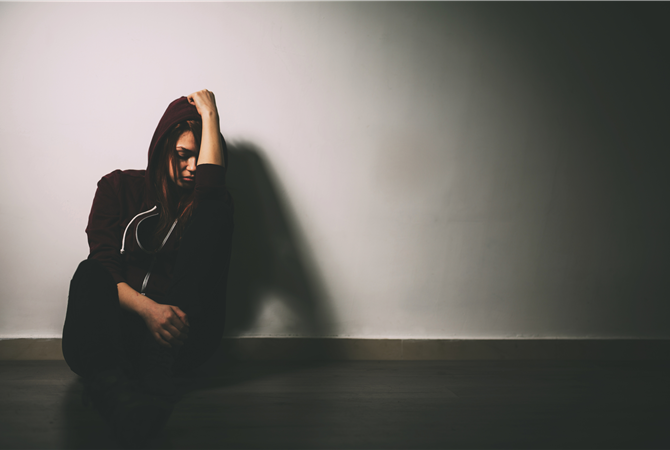
The notion of isolation and marginalization has become increasingly prevalent over the last year. We are spending mo...

Scrolling the various social media feeds I manage leaves me with both a sense of struggle and uncertainty and also o...
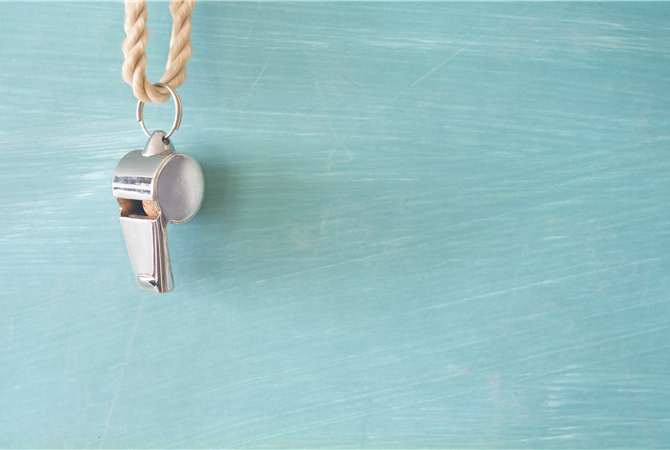
I spend a lot of time each week trying to imagine apt, and hopefully, interesting titles for my blogs. That said, th...

In the first PEPRN Podcast we discussed Pill’s (2014) paper on the use of game design principles in physical e...

Reading this paper again and considering, for the umpteenth time, the journey towards pedagogical change I started n...
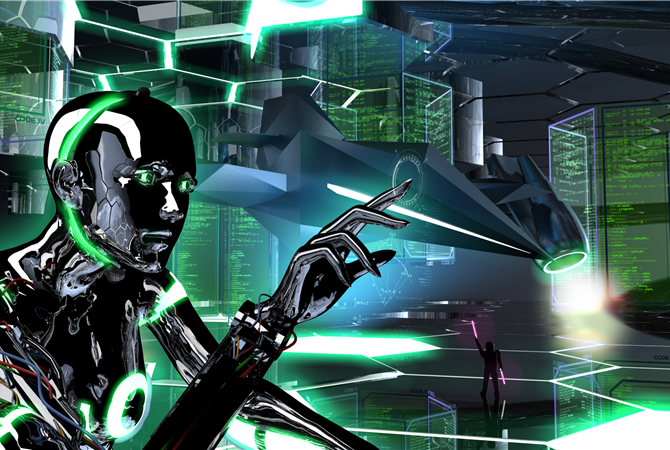
Thomas, who pops, double taps, aerials and trades like no one else. The words above are part of a longer dedica...

“There’s many a slip ‘twixt the cup and the lip” is an old English saying that, in all proba...
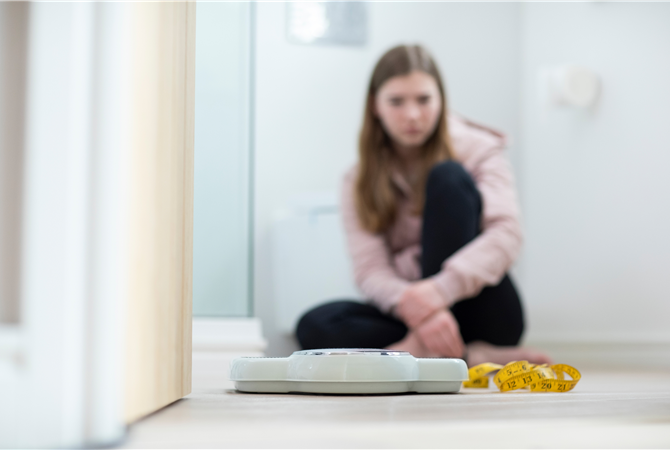
Spoiled much of his real usefulness by hanging back but showed real ability from time to time. This quote comes...
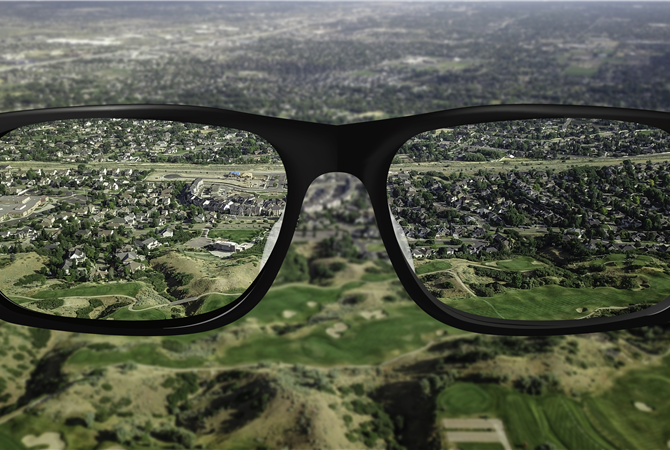
My teacher education programme seems so very far away. 25 years away to be exact. I went to a well-regarded physical...

Technology is our future. This is not, for many, a statement of hope but of fact. They write and talk as if the futu...
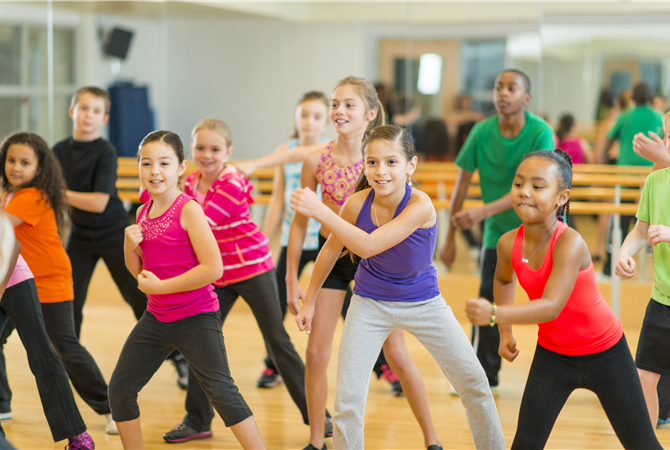
For many years my work has involved groups. I’ve worked as a teacher for more than 25 years now and groups hav...
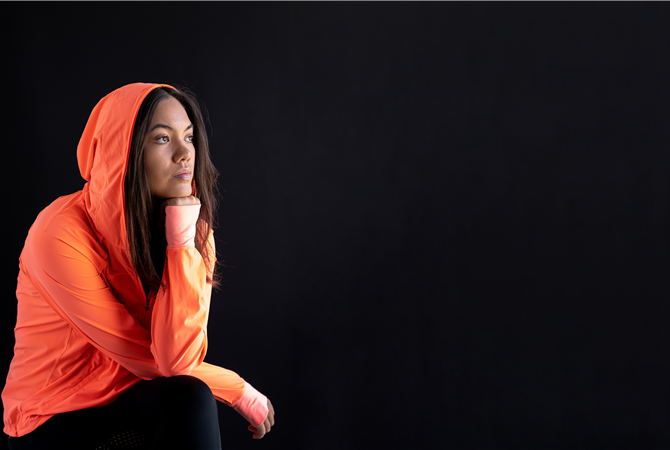
The colour of bodies in physical education has long played on my mind. We are a predominantly white or Pakeha (the M...

Why (fit)ting in? To be honest, I had a number of titles for this blog. I started with Playing Straight – whic...

We know that young people distance themselves from physical education (PE) and physical activity (PA) as they get ol...
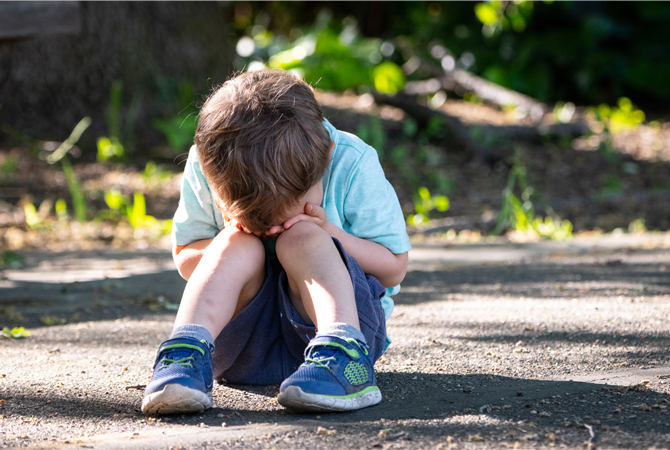
Boys will be boys! The question this week is which boy are these boys aspiring to be and how much cho...

In approaching a new academic year - and reflecting on the different ways in which I might begin to engage with, cha...
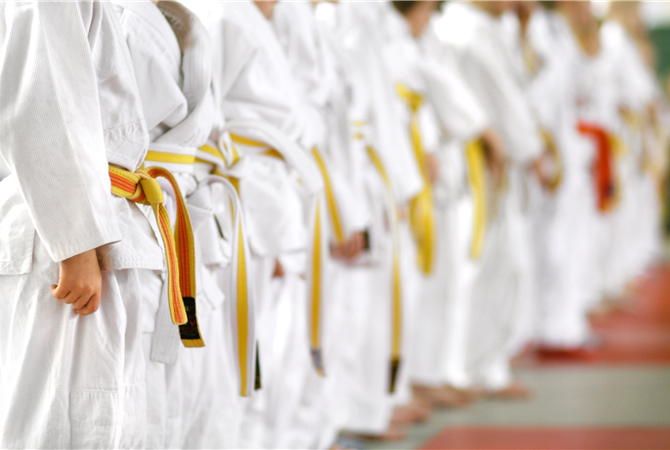
Whilst the expression “Dwarfs standing on the shoulder of giants” is attributed to John of Sainsbur...

If there is one thing that I have learnt in the last two decades is that change takes time. Another thing I’ve...
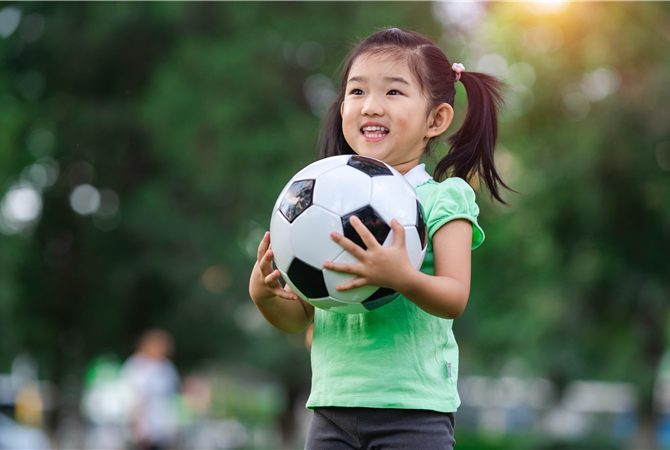
A YouTube video highlights the core messages of this week’s blog. Before reading the rest of this blog I encou...

When my son was 8 or 9 years old there was one club in his local rugby network that no other team wanted to play. No...
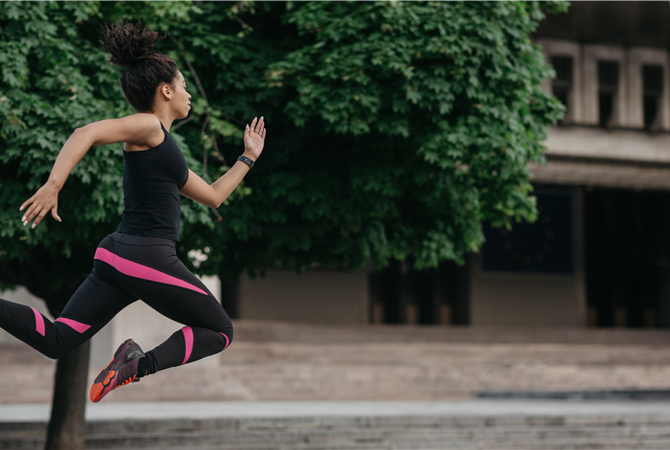
Why do you take part in sport be it football/soccer, swimming or running? Why do you push yourself to do it, to do i...
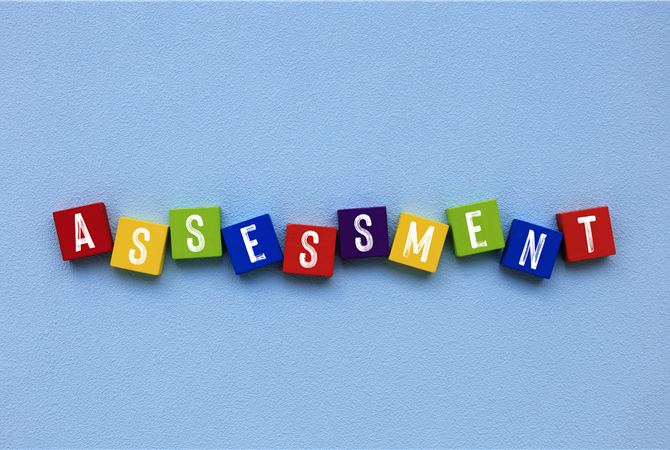
In much of our teaching, assessment of practical performance is based on ‘snapshot’ views where we tick ...

You know the situation. New timetable, new teaching group, new subject content area (maybe even a new school) and yo...

In her explanation of insider/outsider practitioner research, a friend of mine once told me a tale of a ‘botto...

This paper formed the introduction to a monograph in the Journal of Teaching in Physical Education about t...
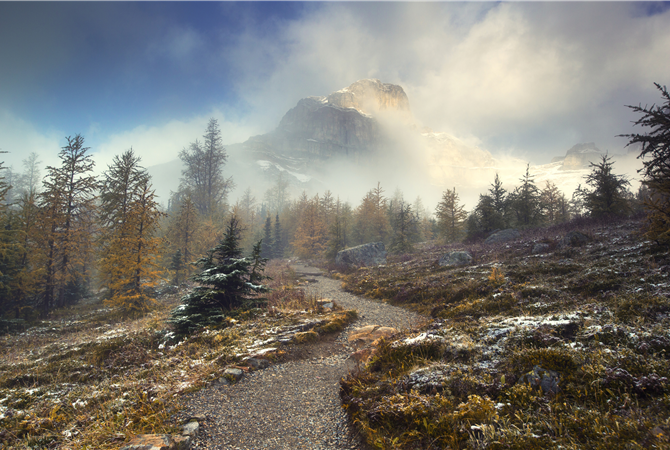
Of all the paths you take in life, make sure a few of them are dirt. John Muir To me this quote ...
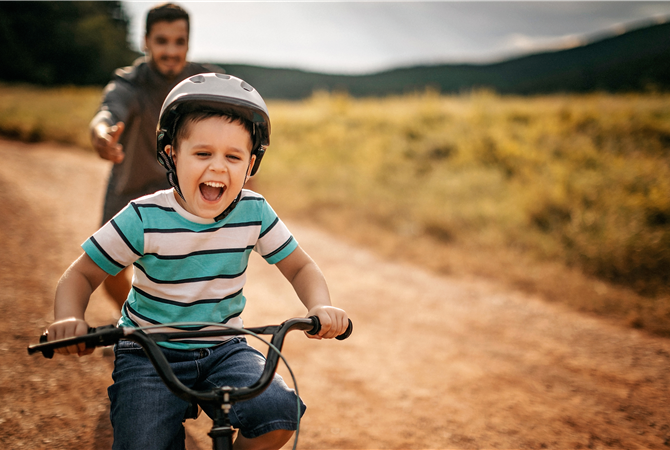
As I wrote last week, one of the things that baffles me is the dependence we have on tradition and on always doing t...
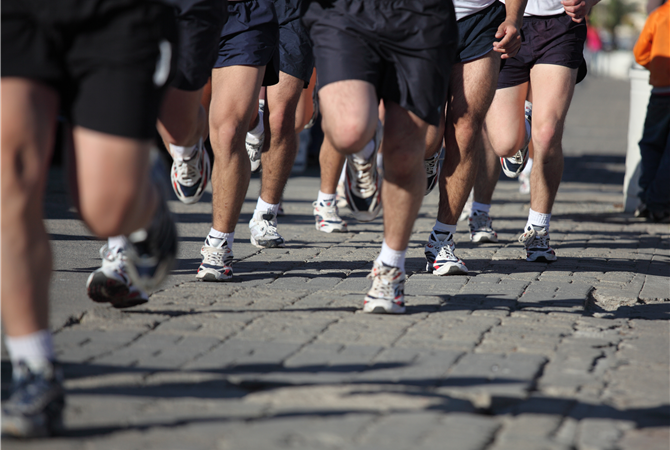
The irony, for me at least, is that I grew up as teacher during the advent of the national curriculum in the UK and ...

Writing this blog is tough. Not the PEPRN blog in general but this one in particular. It is about change and change ...

I’ve spent much of my life playing and teaching people to play games and engage in physical activity. In doing...
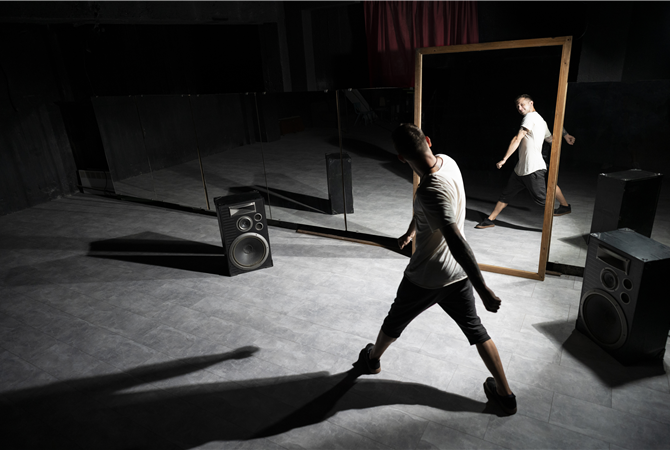
Dance is a way of moving that has been looked at through a limited viewfinder. It has been pigeon-holed as ‘be...

I had the privilege a few years ago to go back into my old school and talk to what remained of two classes of the st...
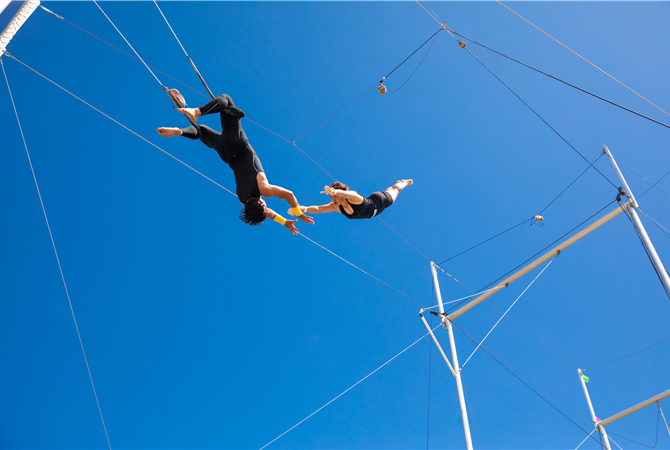
Children are capable of incredible things and they have the capacity to surprise us in so many different ways and ye...
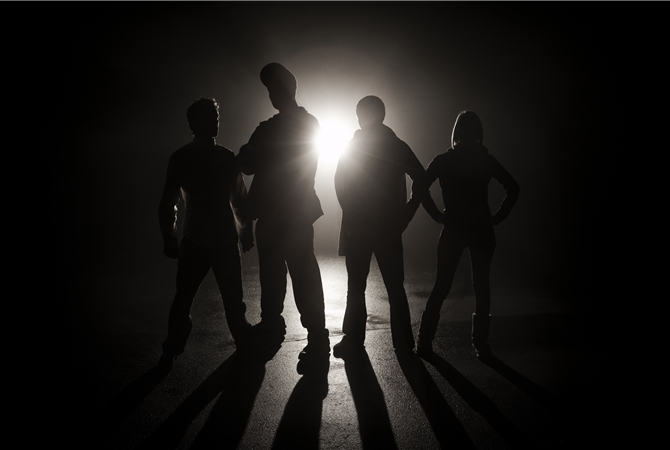
I’m sure there’s a class in every school that are decried more than the rest. This class is often i...

The impact of this week’s paper shouldn’t be underestimated. That said, nor should it be overestimated. ...
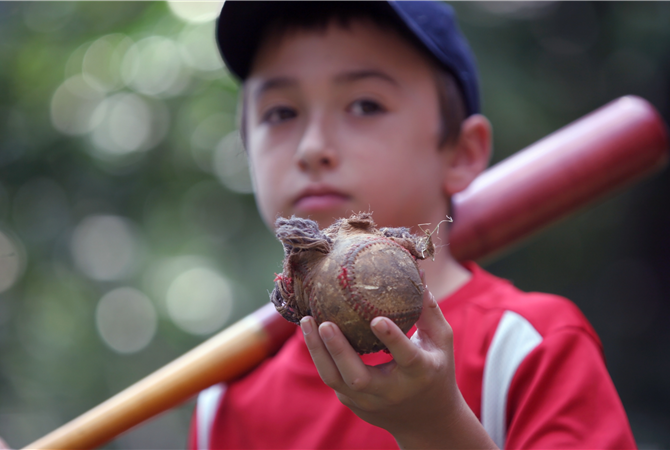
Are we caught like rabbits in the headlights of indecision? In other words, do we already know that we should change...
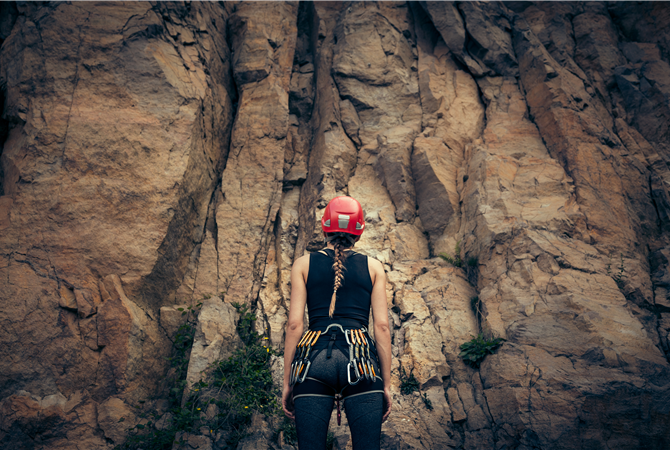
When you look back on your teacher education or coaching programs what do you actually remember learning? With the g...

“Shows the ability to walk but has little other flair for the subject.” As a young teacher, I was s...

The nervous student waits for the feedback to come. He has taught what he feels is a good lesson. The warmup was so...
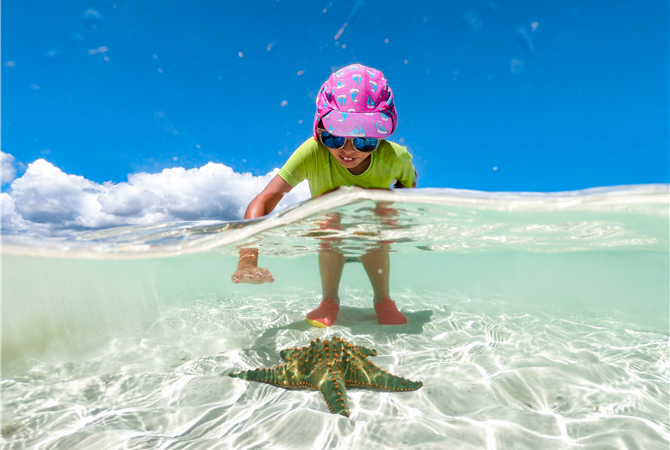
“You do what you must do to survive and pass the course. Once you get a job then you can do what you really wa...

Somewhere at home, not kept very safely, is a copy of the reference I used, unknowingly for years, from an old head ...

I’ve been an idiotés for most of my life. I wonder if it has only been more recently that I have been...
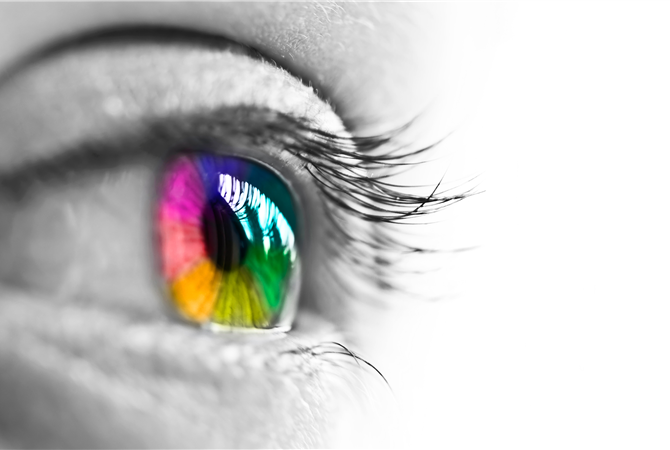
Sicilia-Camacho and Brown explored the significant theory shift that occurred between the first and second editions ...

I remember reading Sir Viv Richards’s coaching book when I was doing my PhD, and then Martin Jo...
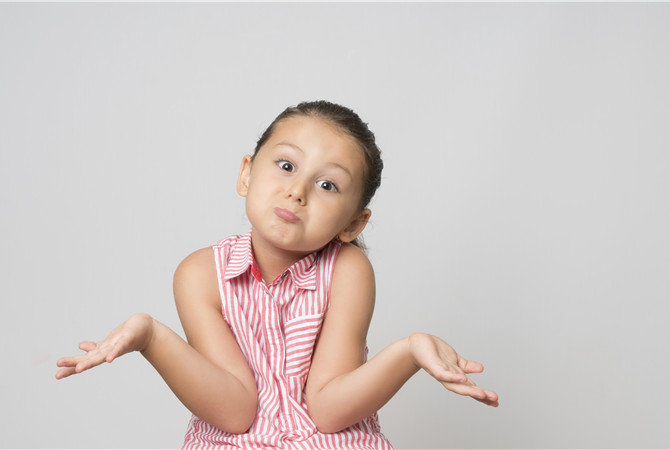
Why do some of us decide to be in education? Why do some of us decide to be teachers? Why do some of us want to work...

What do I know about dance and embodied learning? Those are the words, well the sentiment, of what went through my m...
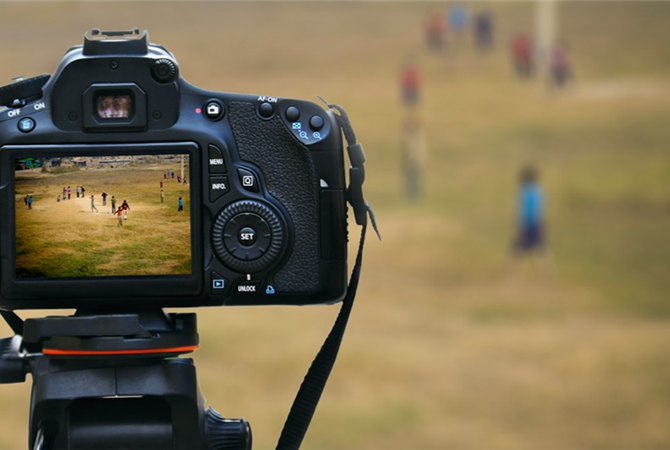
As an academic and a teacher educator, I have long advocated a child-centred approach to learning. Yet, as a parent ...

We learn how to behave. In different situations and at different times we learn what is acceptable and what isn&rsqu...

The first time I heard him speak I thought he was a lost prophet, a zealot preaching a message of ‘power to t...
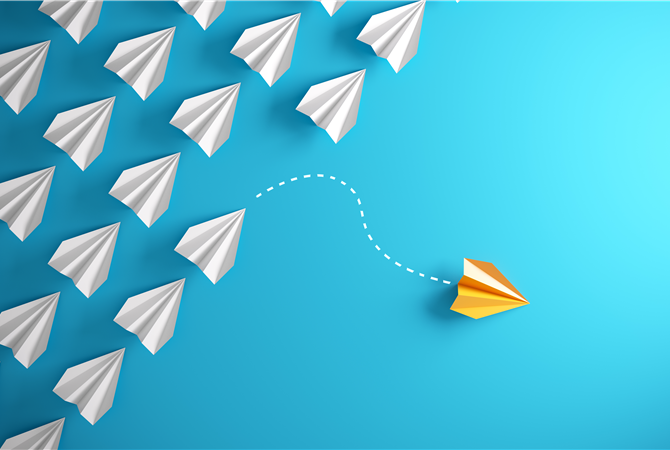
"Grant me the serenity to accept the things I cannot change, courage to change the things I can change, and wisdom ...
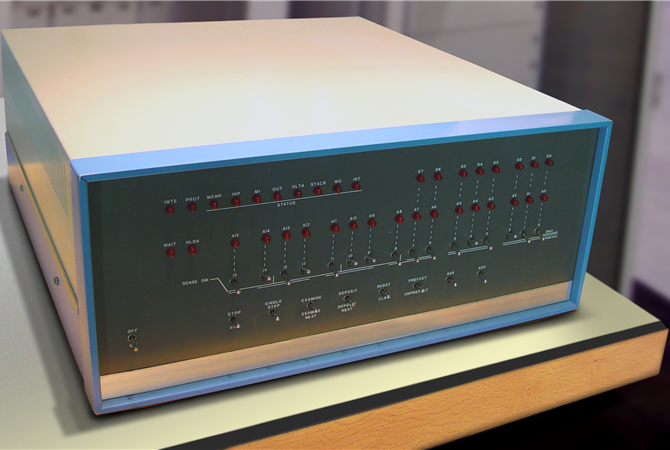
I entered higher education in September 2009, and over the last decade I have had the chance to engage with hundreds...
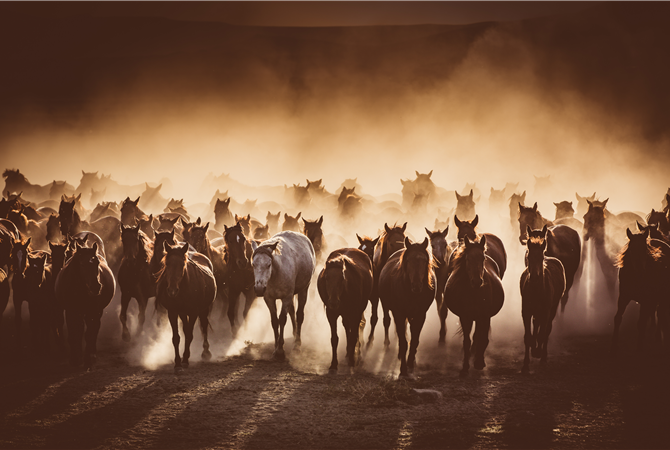
“If it ain’t broke don’t fix it is the slogan of the complacent, the arrogant, or the scared. It&r...
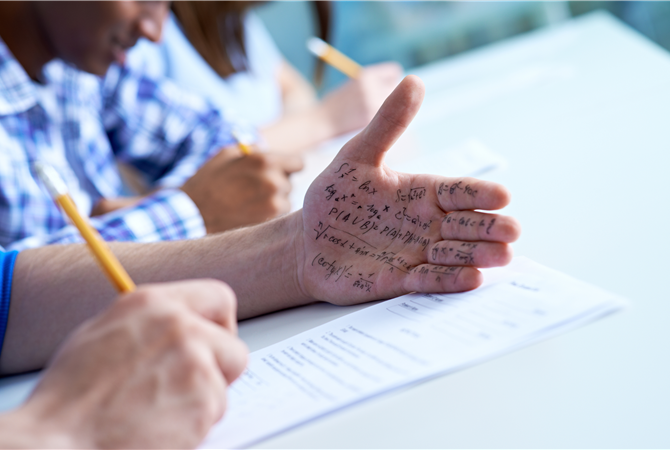
I used to spend many hours in a season refereeing for my son’s rugby team. I enjoyed it and felt that I was be...

The previous blog talked about gender and its apparent place in PE as “the elephant in the room”. It ask...
.png)
The previous blog looked at the strength of the knowledge and beliefs that new recruits brought to a physical educat...
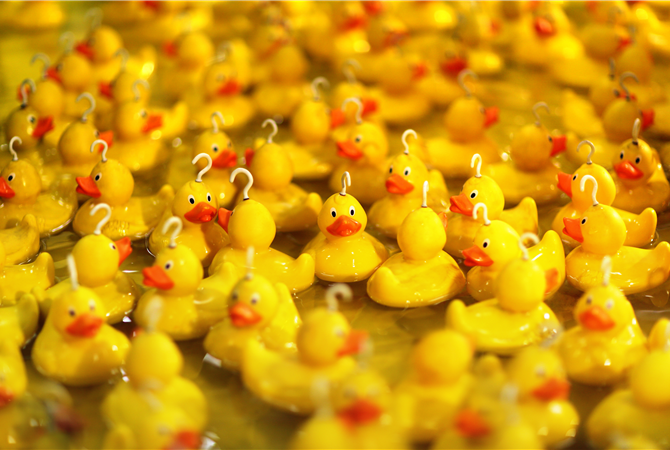
The previous blog looked at how teacher education continues to produce ‘mini-me’s’. It showed that...

The previous blog asked what the impact has been of ‘recruiting’ good PE students to be the teachers of ...
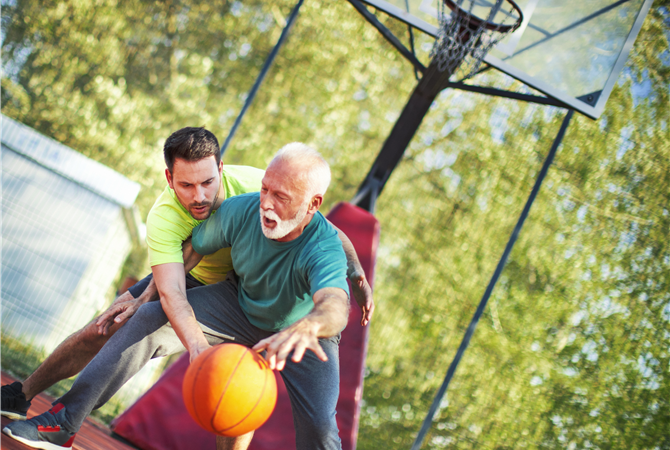
In the previous blog I looked at professional development (PD) and suggested that, as it currently stands, PD isn&rs...

The previous blog suggested that what we say as teachers has an impact on gendered expectations for participation in...
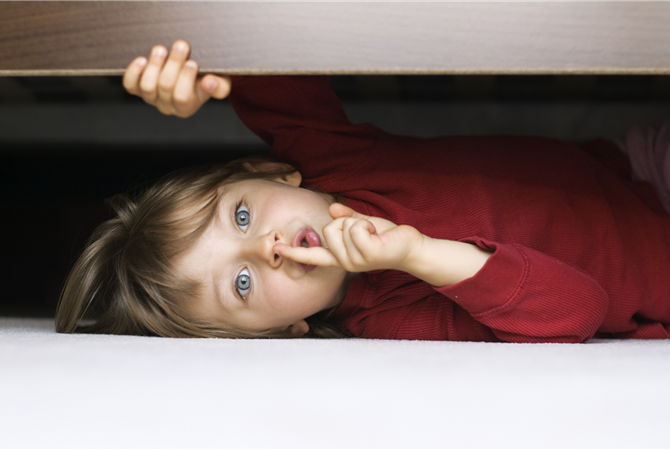
In the previous blog I explored peer-assisted learning (i.e. how teachers effectively create pedagogical contexts in...

The previous blog explored the idea that many children cannot afford for PE to be boring and irrelevant. Some childr...
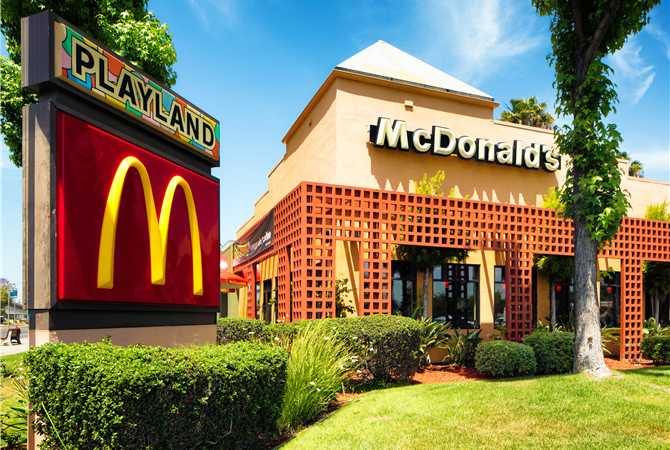
The previous blog explored the differing forms of instruction that support students’ performance of motor skil...
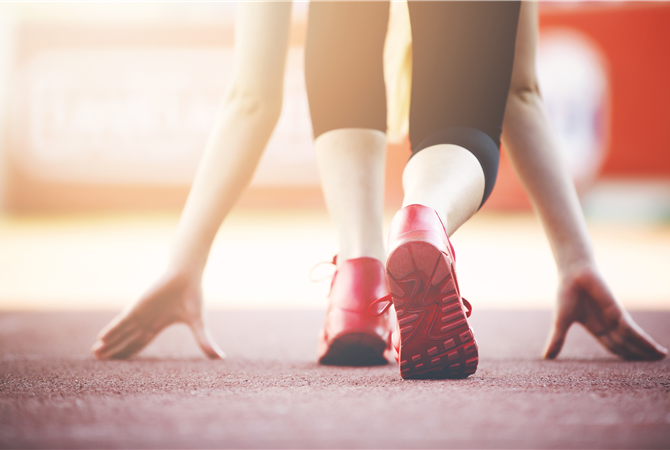
The previous blog explored a paper published in 1992 and asked if PE had changed in the intervening period. Both the...
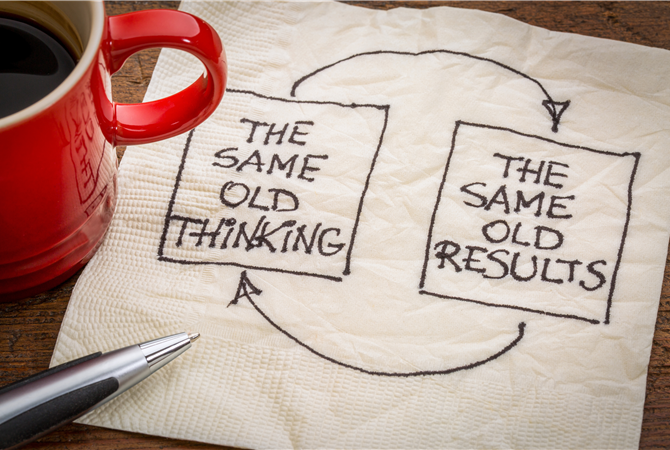
The previous blog asked if our beliefs around the nature and purposes of PE feature enough in our planning and subse...
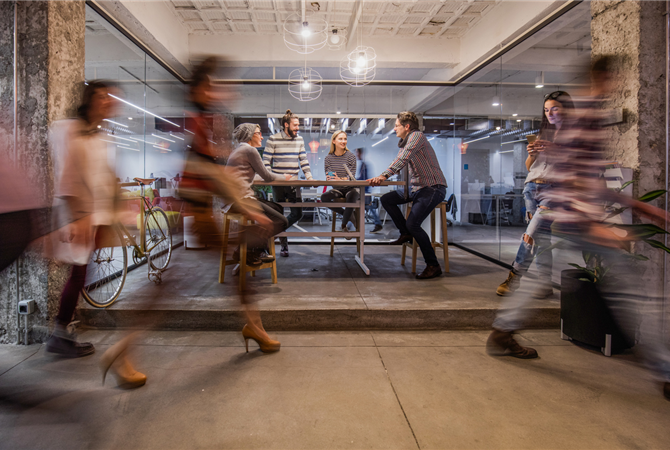
In the previous blog I explored research around the inclusion of children with special educational needs (SEN) in ph...

In the previous blog I suggested that game play is an inherently social experience and that techniques are possibly ...
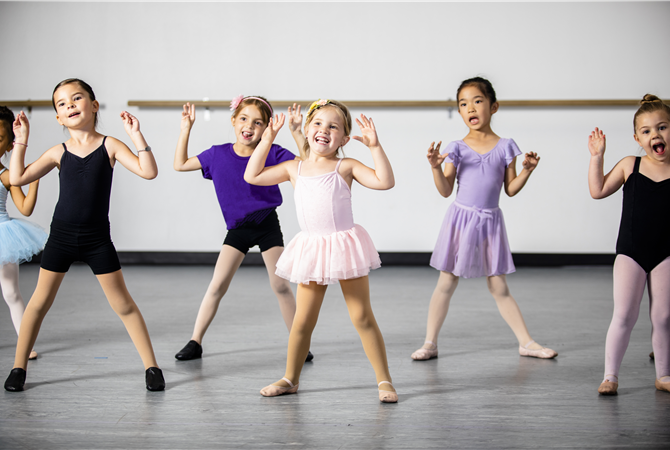
In the previous blog I asked what learning theories informed what happened in your classrooms – especially if ...
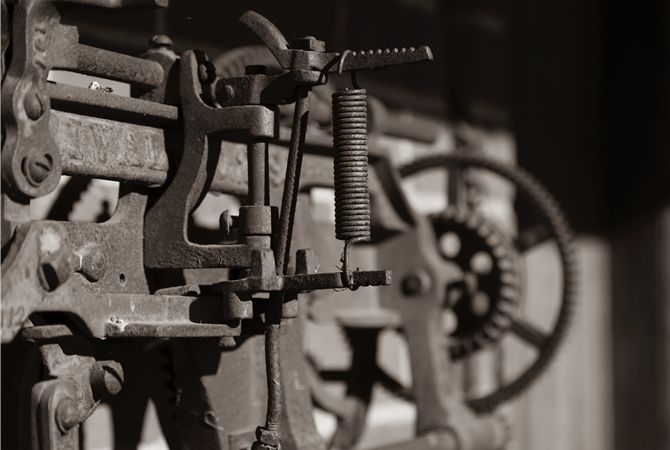
In the previous blog I asked what cultural experiences children and young people bringing into PE from their experie...
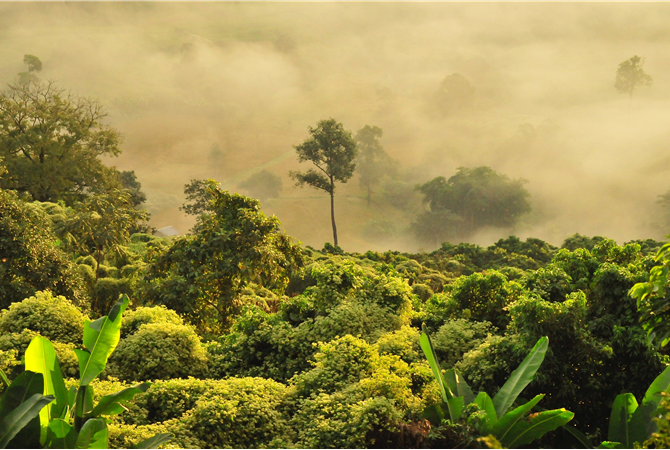
In the previous blog I explored girls’ perceptions of the body in physical education and the messages that are...
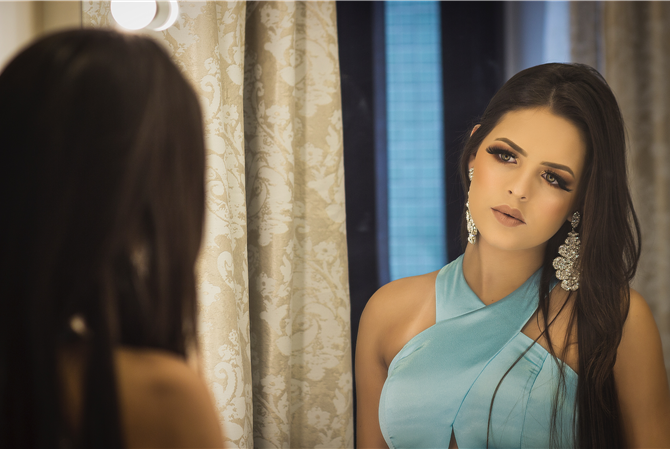
In the previous blog I investigated the impact teaching has on the transfer of learning by comparing the difference ...
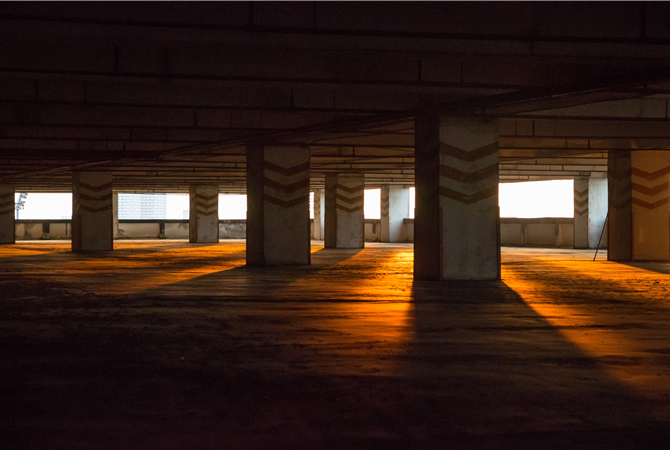
In the previous blog I investigated the ‘muddy water’ around the idea that what a ‘teacher does st...
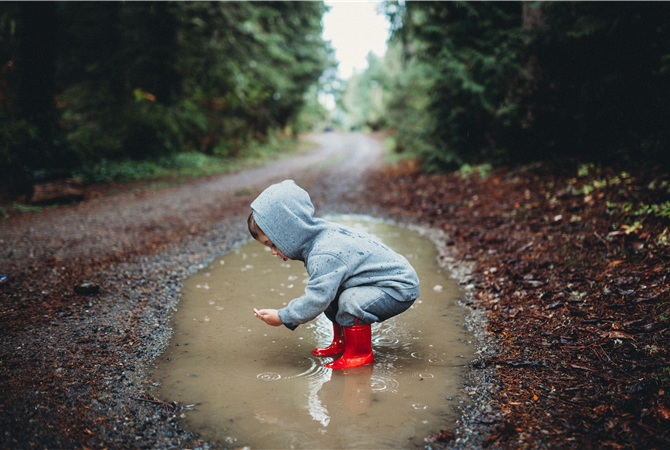
In the previous blog I asked what types of experiences we present to children in a) our choices of activity and b) t...
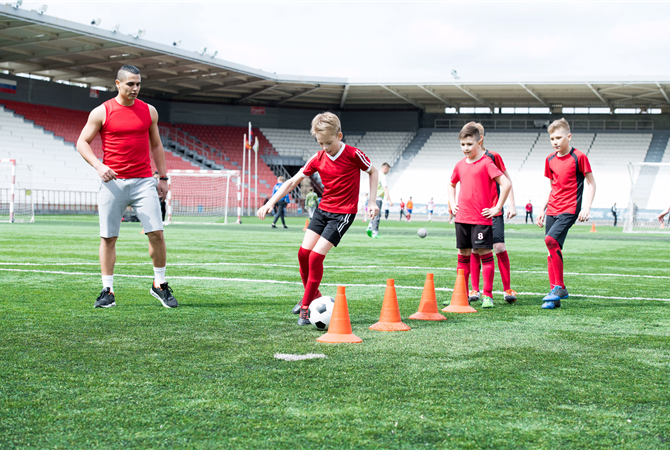
In the previous blog I explored Kirk’s discussions around the need to invest in the physical education experie...

In the previous blog I explored one the first empirical studies of Sport Education. It reported on the positive bene...
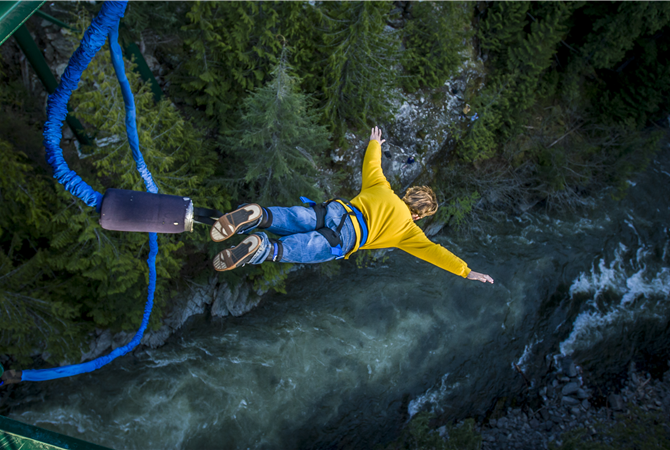
In the previous blog I explored the idea that more is better and that multi-activity programmes may have contributed...
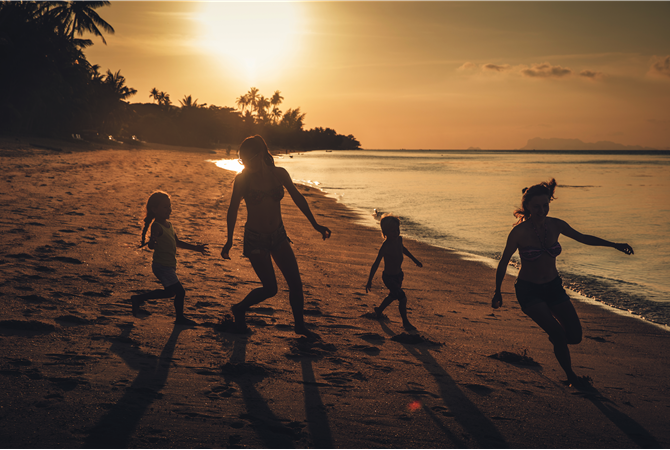
In the previous blog I explored Flintoff and Scraton’s (2001) work exploring girls’ experiences of PE. T...
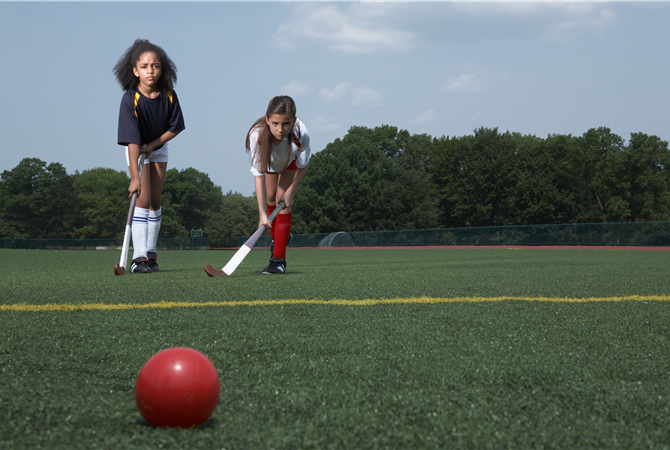
In the previous blog I explored the experiences of five disabled students in physical education. I discussed how dis...
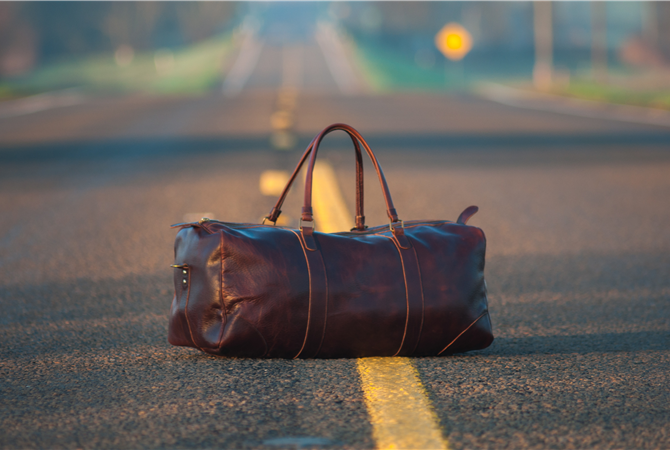
In the previous blog I explored Ennis’s argument that physical education, as a subject, owes more th...
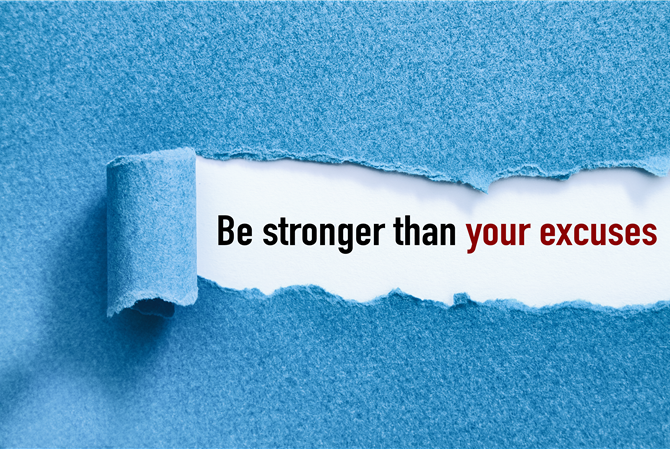
In the previous blog I explored how ability has been ascribed to students and that ‘we’ often assume tha...
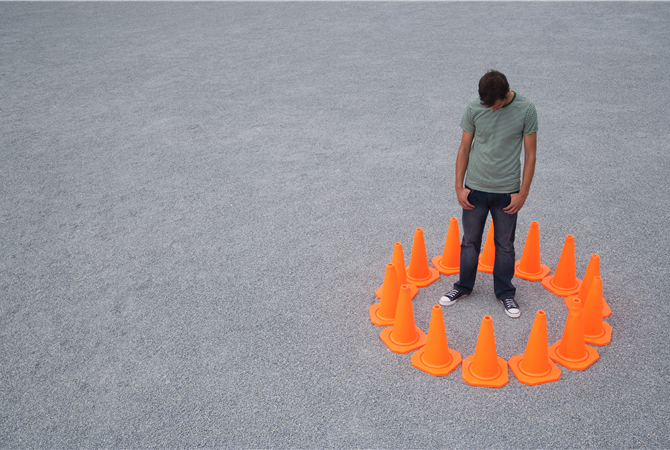
In the previous blog I explored the link between what kids are doing in terms sport at 15 and what they are doing at...

In the previous blog I explored the idea that there is an expected way of being a student in physical education and ...
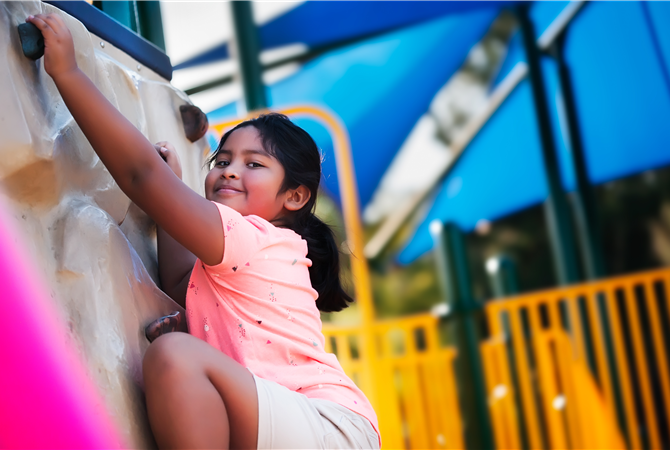
In the previous blog I explored the ideas around the lack of change in physical education. Williams (1985), writing ...
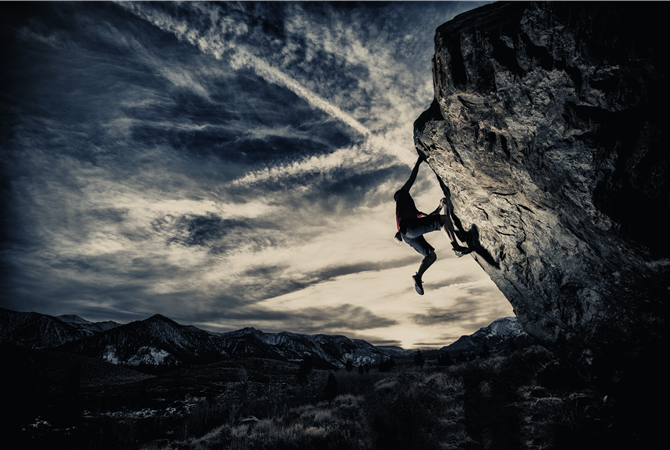
In the previous blog I explored physical literacy that emphasised the importance of movement. I ask readers to ...

In the previous blog I suggested that we need to look hard at the gendered nature of physical education an...
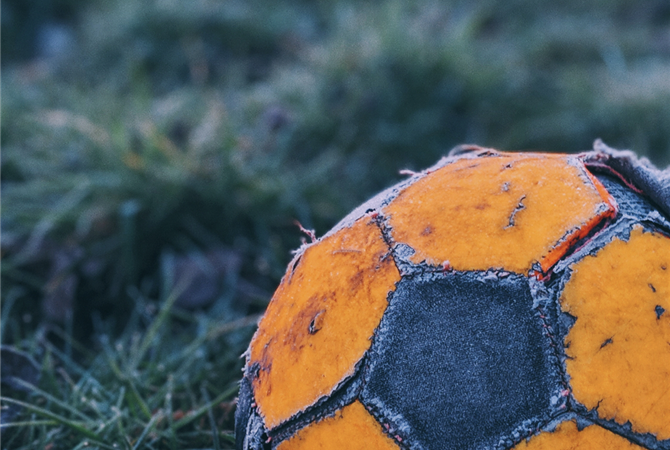
Last week's blog explored the idea that through ‘our’ actions and inactions, and our voice and ‘no...
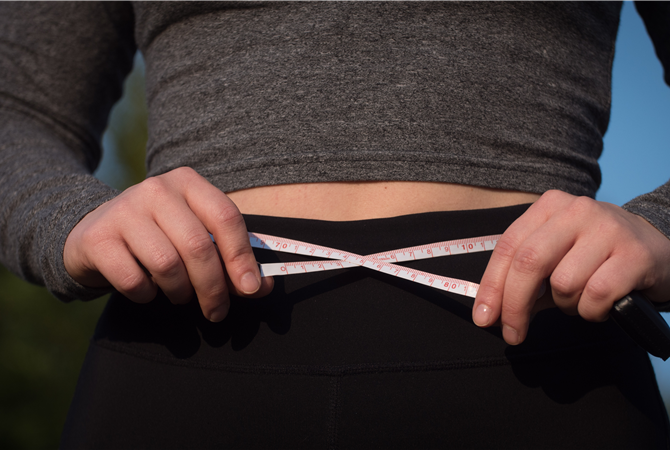
In the previous blog I explored the idea of valuing the physical activity life. I suggest that the opportunity to be...
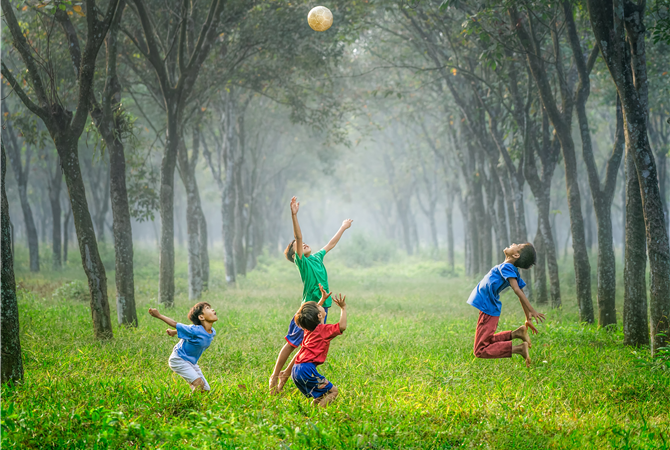
In the previous blog I explored the ways in which being good at sport and physical education affords learners physic...

Volume 1: The Nature and Purposes of Physical Education In the previous blog I explored the argument that physi...
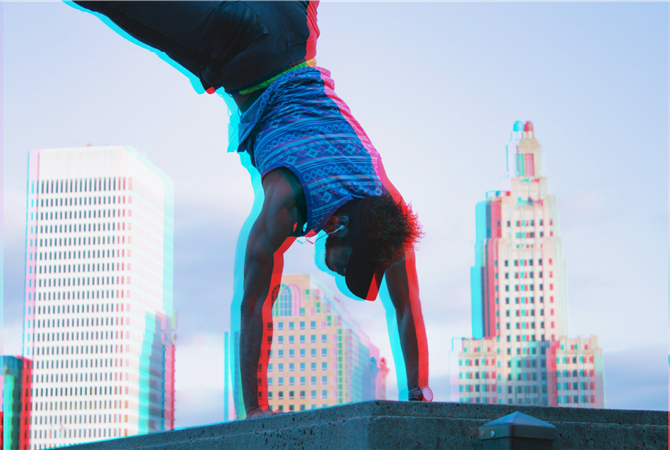
Volume 1: The Nature and Purposes of Physical Education In the previous blog I explored the key issue that face...

Volume 1: The Nature and Purposes of Physical Education In the previous blog I explored the idea that act...

Volume 1: The Nature and Purposes of Physical Education In the previous blog I explored what it means to be a p...

Volume 1: The Nature and Purposes of Physical Education In the previous blog I explored the idea that sports an...
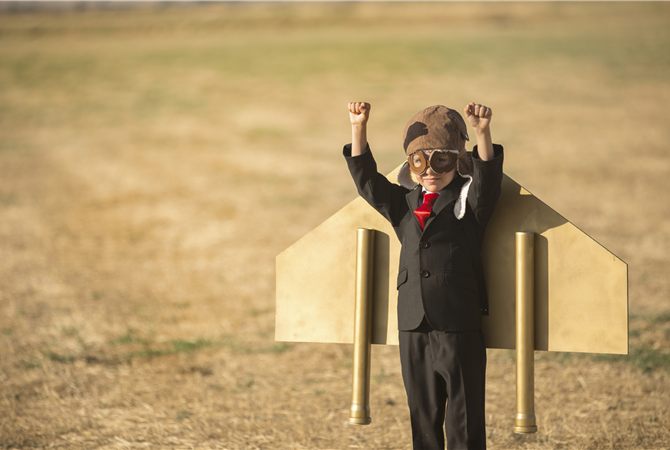
Volume 1: The Nature and Purposes of Physical Education In the previous blog I explored how, in the summer Olym...

Volume 1: The Nature and Purposes of Physical Education In the previous blog I explored a twenty-year old argum...

Volume 1: The Nature and Purposes of Physical Education In the previous blog I explored tthe Body Curriculum pr...
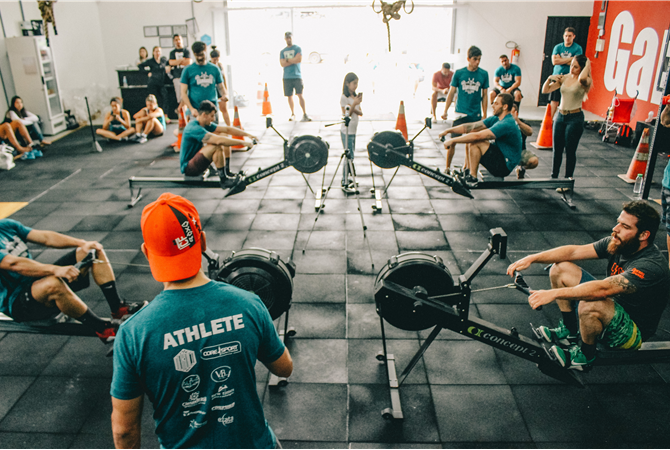
In the previous blog I explored the idea that we need to look forwards at what physical education, indeed education,...

Volume 1: The Nature and Purposes of Physical Education Original published 22nd March 2013 In the previous...
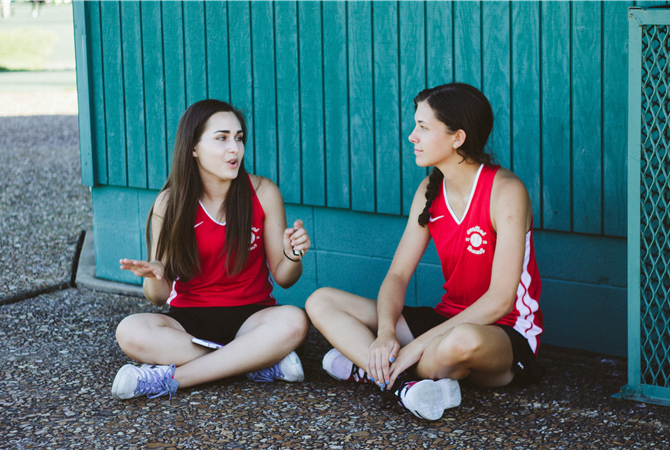
In the previous blog I explored the idea that school is more about civilizing students to be ‘good members of ...
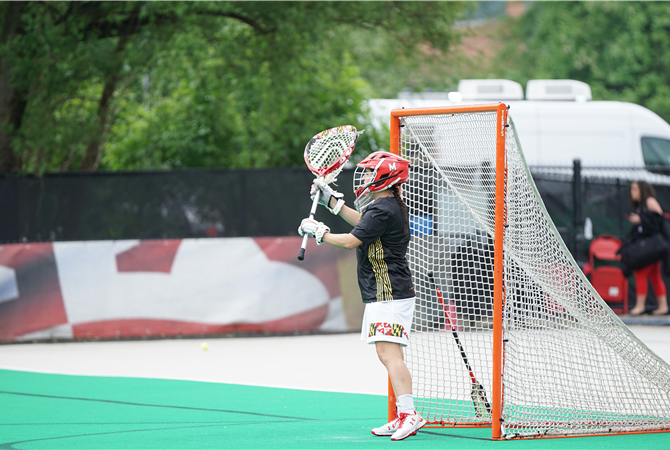
Volume 1: The Nature and Purposes of Physical Education Previously published 15th March 2013 In the previous b...
Volume 1: The Nature and Purposes of Physical Education Originally published 8th March 2013 Previously...
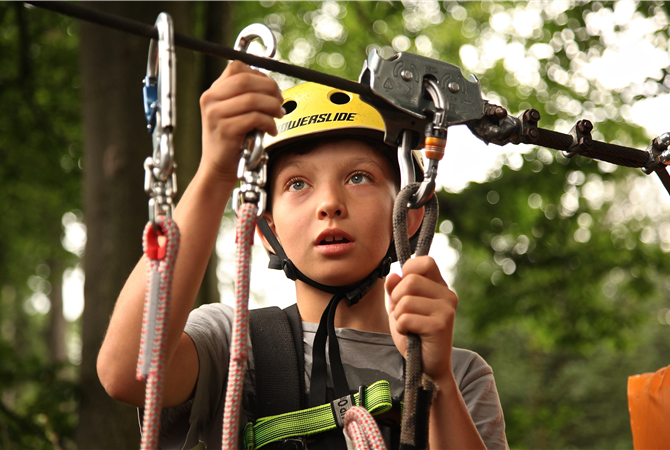
Whilst Physical Literacy is an increasingly well-known term in the vocabulary of physical education, I would wager t...
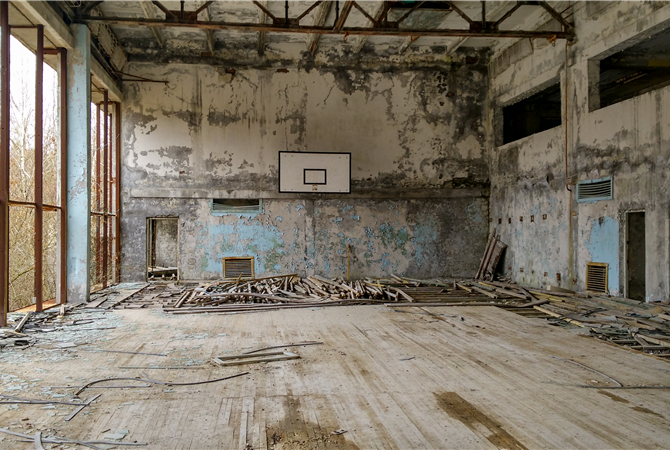
Volume 1: The Nature and Purposes of Physical Education Two week's ago I explored Gard and Wright’s ...

This paper is focuses on physical education in USA. In most cases, the US-centric focus would be a strong deter...
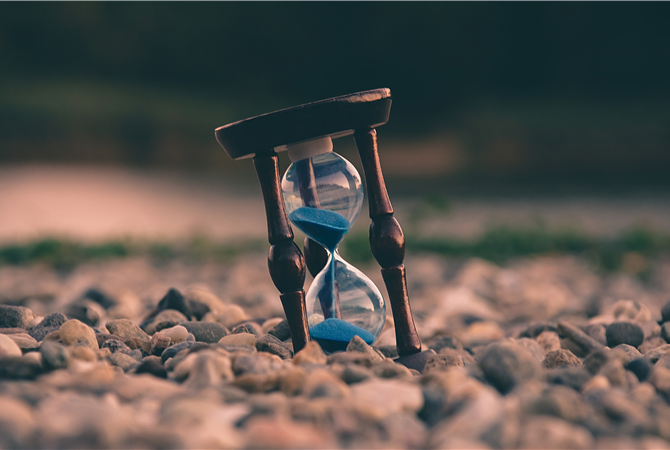
Volume 1: The Nature and Purposes of Physical Education Two weeks ago I explored Fernández-Balboa’s ...
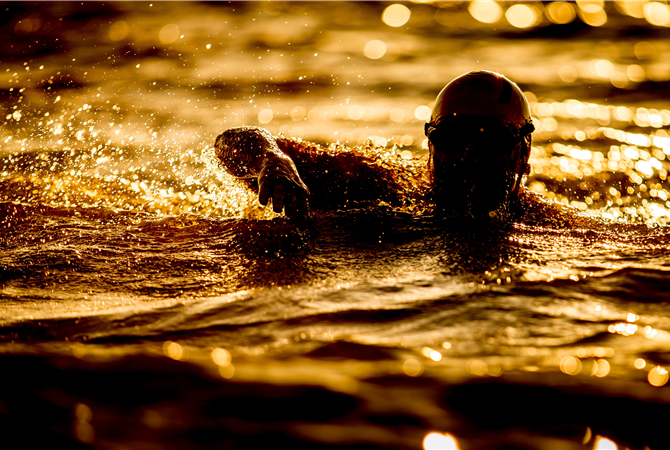
Introduction This paper was first presented as the 2018 Scholar Lecture at the British Educational Research Ass...
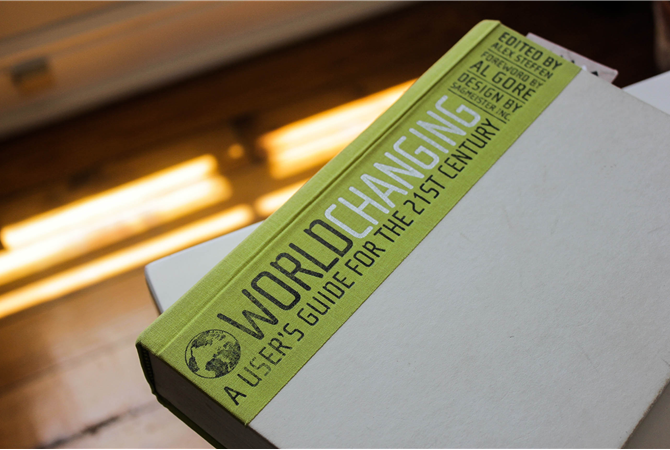
Volume 1: The Nature and Purposes of Physical Education Originally Published 134th February 2013 Pr...
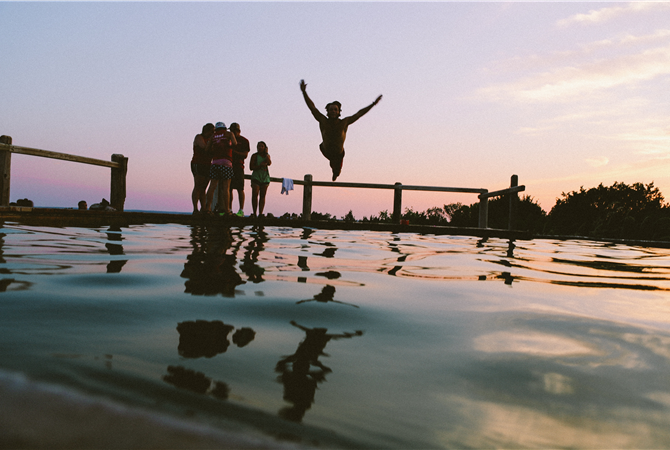
In this paper, Fraser-Thomas et al (2005) argue for an ‘asset building’ approach, as opposed to a &lsquo...
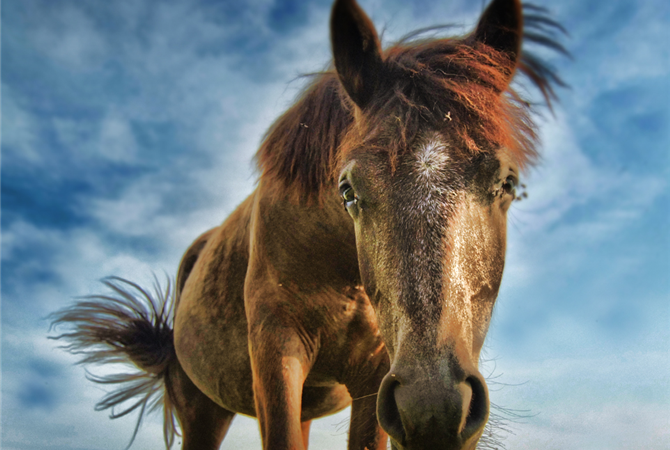
Volume 1: The Nature and Purposes of Physical Education: Orginally published 7th Feb 2013 In the previous un...
Penney and colleagues argue that with the increased emphasis on physical activity for life has come an accompanying ...
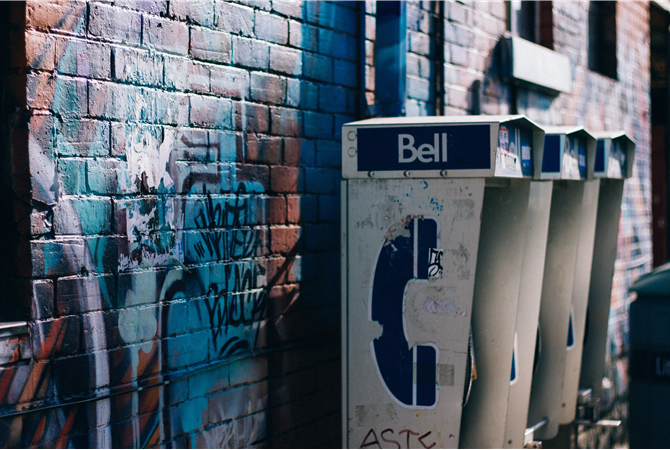
Volume 1: The Nature and Purposes of Physical Education: Originially published 1st February 2013 In the prev...
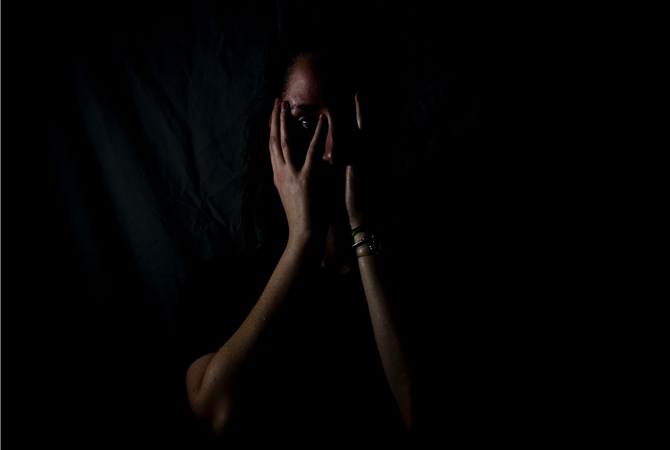
Volume 1: The Nature and Purposes of Physical Education. Orginal Published 24th January 2013 In the pre...
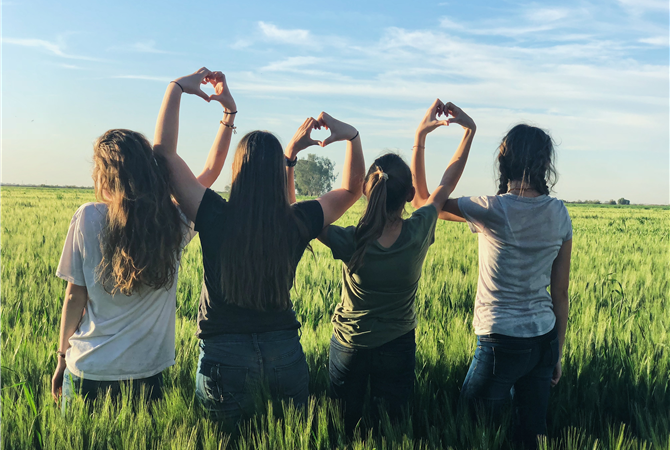
Volume 1: The Nature and Purposes of Physical Education Originally published 17th January 2013 In the previo...
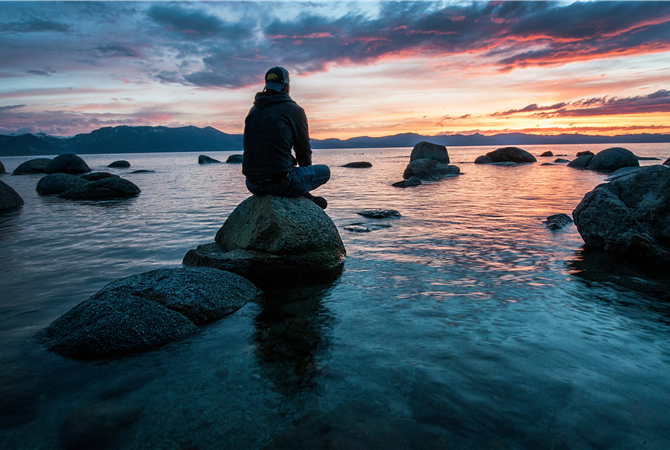
Introduction: The authors undertook to review empirical research published since 1987 to ascertain th...
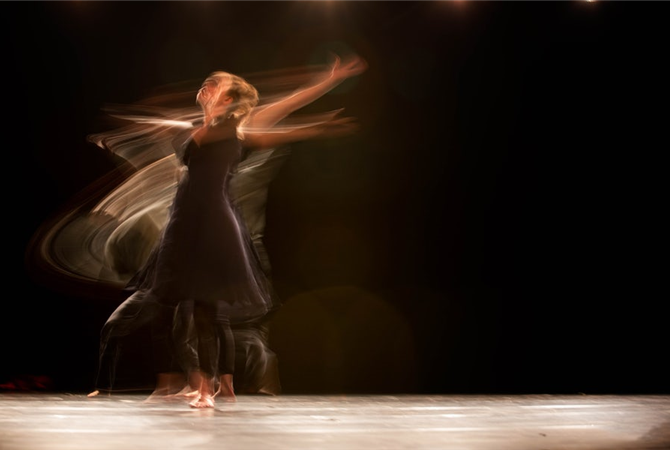
Volume 1: The Nature and Purposes of Physical Education originally published 10th January 2013 In the pre...
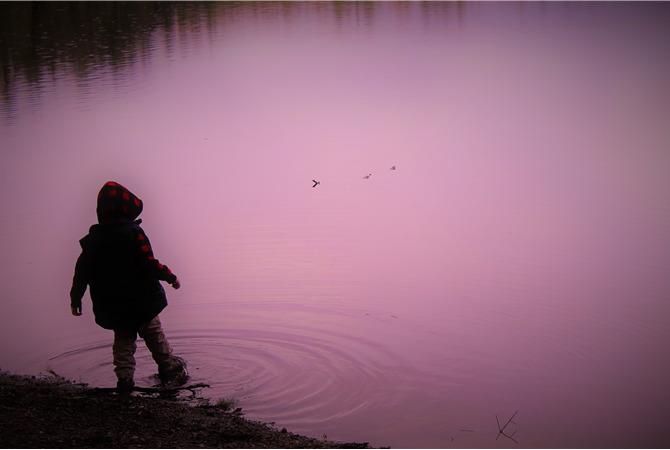
Teachers as policy actors: co-creating and enacting crucial inquiry in secondary health and physical educatio...
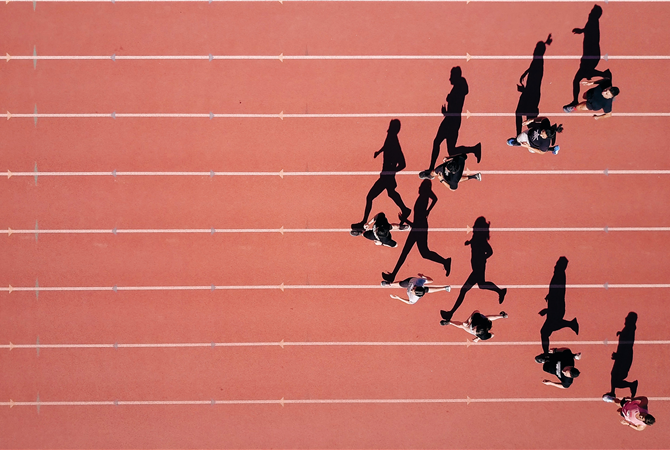
Major Themes in Physical Education Revisited Volume I: The Nature and Purposes of Physical Education ( ...

If you’re reading this you are doing so on the third iteration of the PEPRN blog. I’ve been working hard...
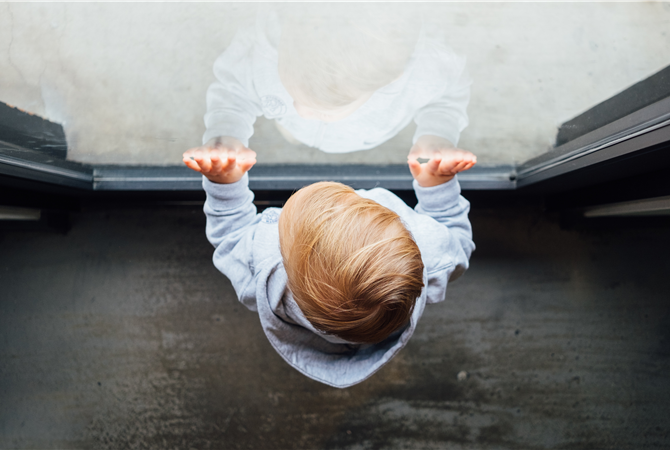
There is no one way of doing practitioner research. Instead, there is a commitment to meaningful and ongoing pedagog...
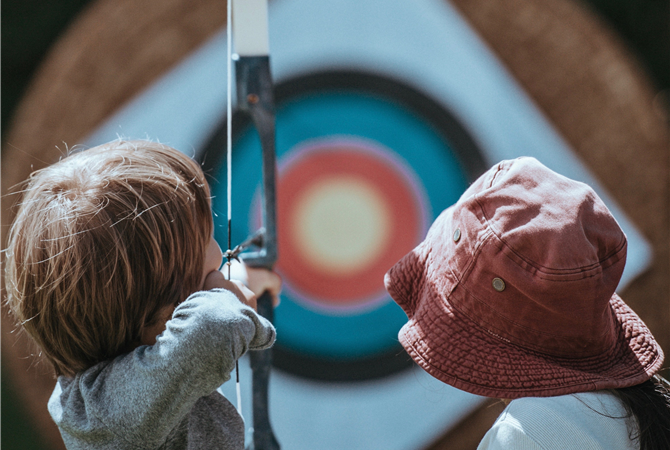
In the penultimate blog in this series on Practitioner Research I ponder the conundrum of matching our beliefs to ou...
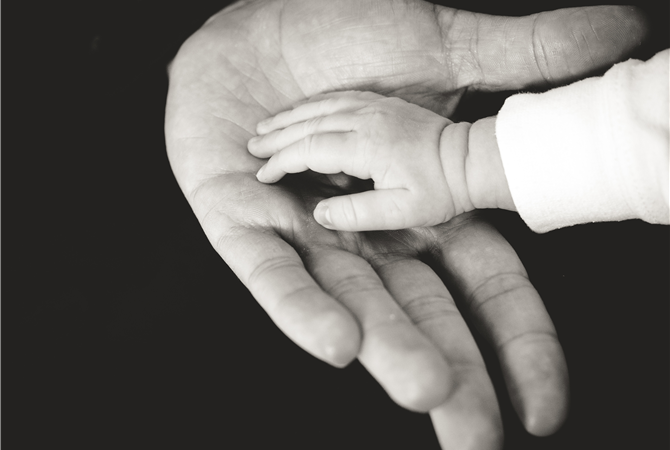
To act ethically is not something that you simply do. Every encounter and interaction is an ethical decision. It mig...

I’m bias. I know I am. I realise that I am bias in ways I’m comfortable with. I like dogs more than cats...

Our own histories inform the histories of others. The past help us to make choices today and in the future, and thes...
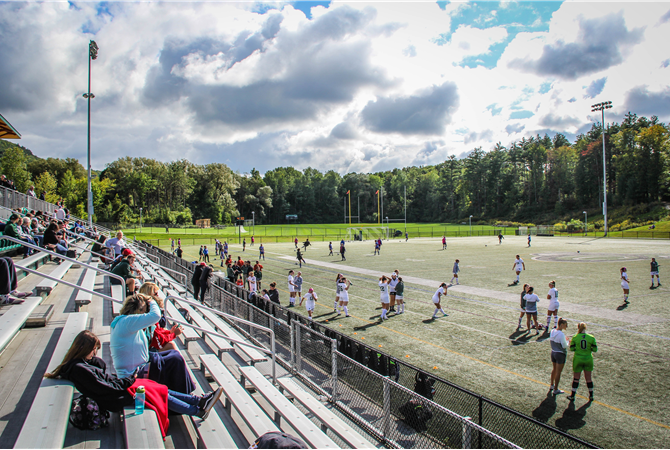
The teacher-coach is a well-recognised entity in physical education; but it is not a standardised model. In some cou...
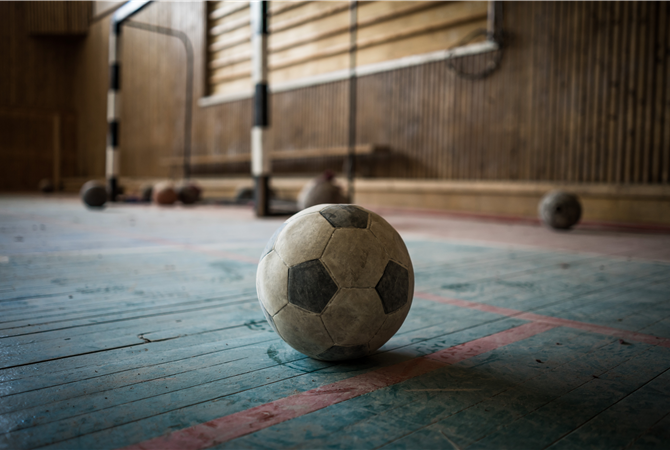
This week we explore the work of Brian Lewis – with the help of Lee Schaefer and Sean Lessard – to ...
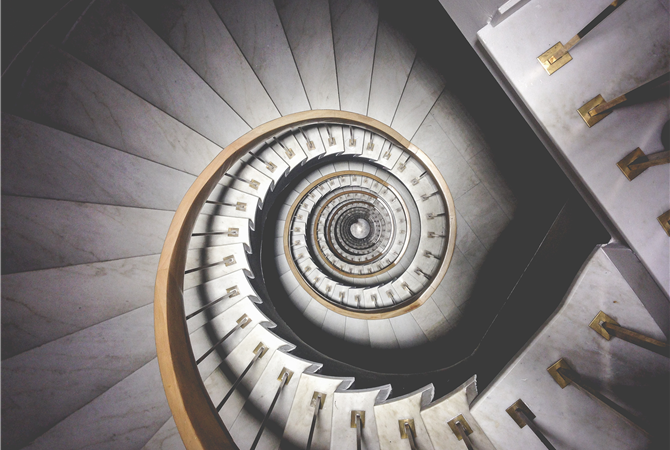
If you were reading the book you would have now reached the end of Part II and would, we hoped (as authors), have a ...

Self-study of practice is a methodology that blends all of the previously discussed methodologies (i.e., action rese...
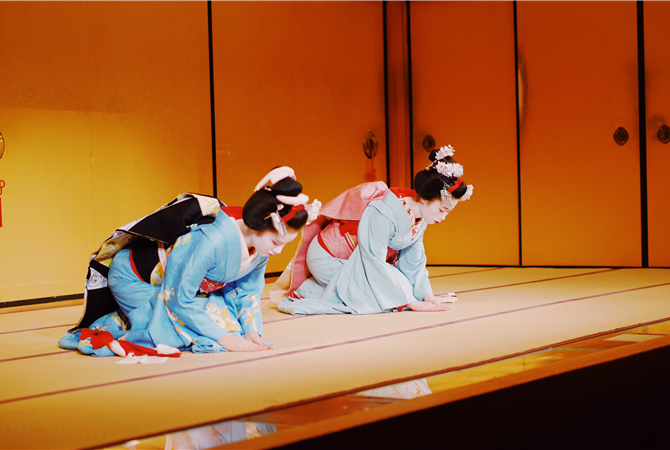
This blog covers the third of the four practitioner research approaches we included in our book and, to be honest, w...

In the previous blog I drew on my own experiences of action research but in writing this blog I am grateful to Lee S...
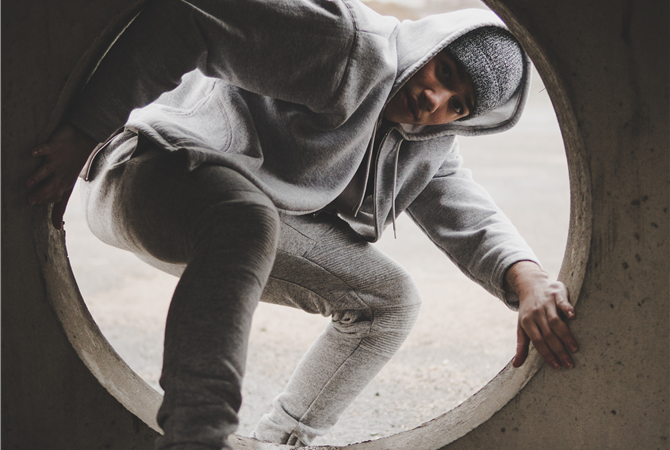
Henry and Kemmis (1985, p. 1) defined action research as: a form of self-reflective enquiry undertaken by partic...

Self-improvement, home improvement, mind and body improvement, educational improvement etc. etc. Nothing, it seems, ...
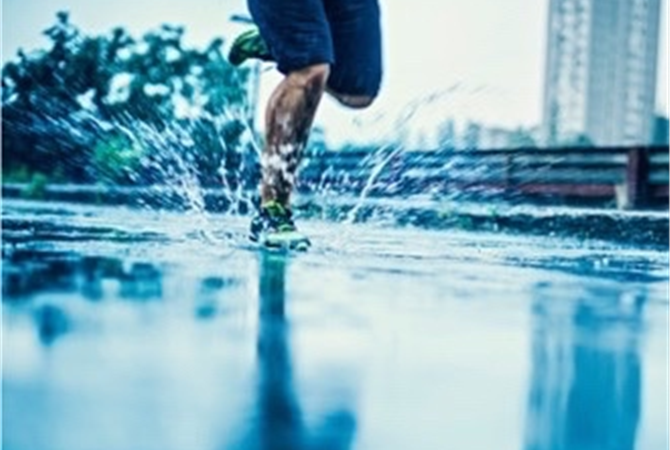
PEPRN was conceived as a vehicle to talk with practitioners and colleagues about research. If you read the aims of t...

The title of this week's blog is 'next'. Originally it was going to be 'two becomes three' and I envisioned writing ...
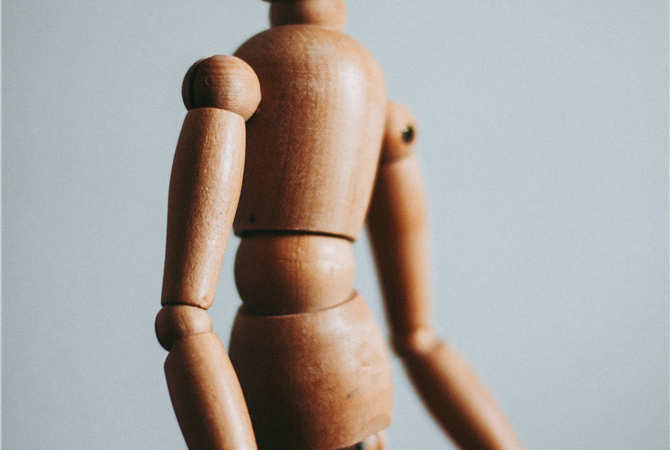
This single question (and multiple variations of it) is my million-dollar question. Ok, my couple of hundred dollars...
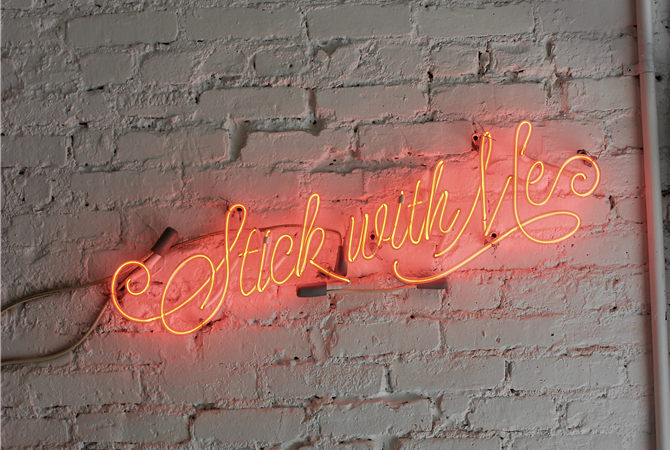
In my research over the last few years I’ve advocated strongly for Model Fidelity. At the heart of this advoca...

I remember deliberately having grey areas on my timetable. I know this because that’s how I shaded them in. Th...

Perhaps, given my assertion in the second blog of this series that “direct instruction has a meaningful and im...
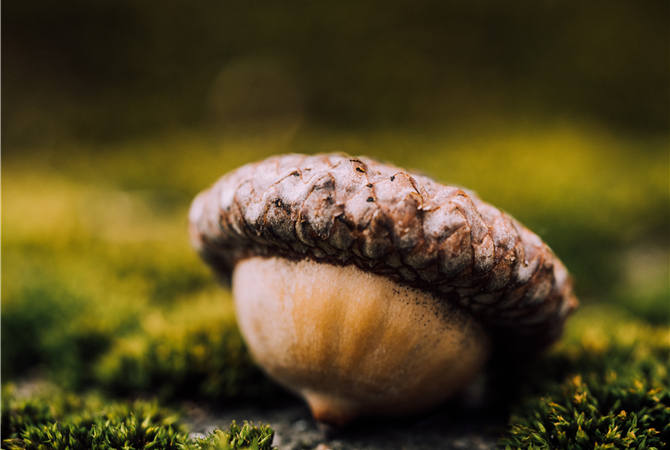
“Mighty oaks from tiny acorns grow” or as Geoffrey Chaucer (1374) wrote “"as an ook cometh of a li...
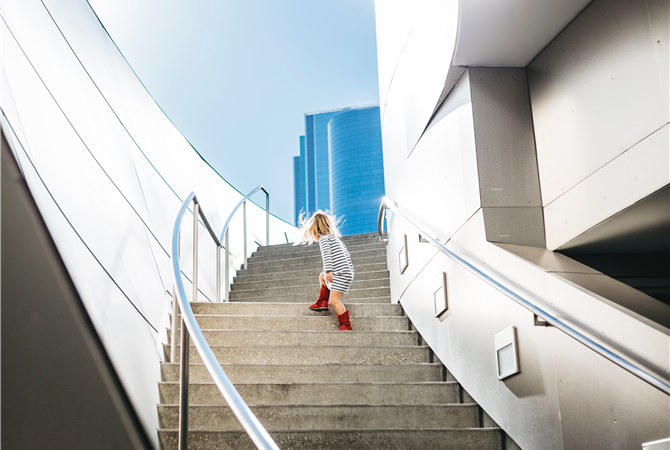
The adage suggests that the first step is the hardest. Perhaps it is. The problem, from the perspective of this blog...
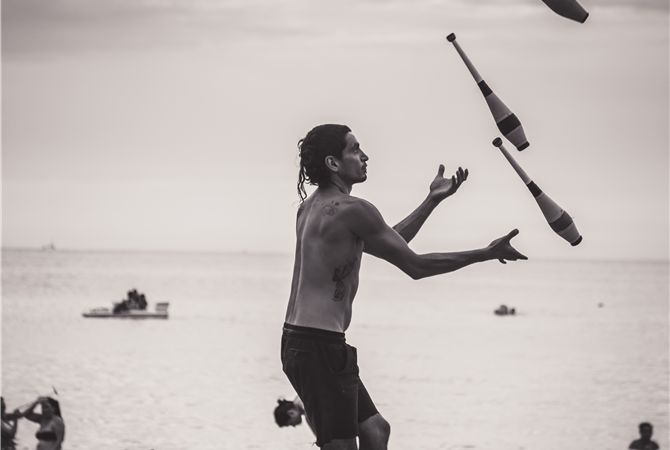
Where to start? There are a dozen pedagogical models. More, depending on how you define and delimit them, and each o...
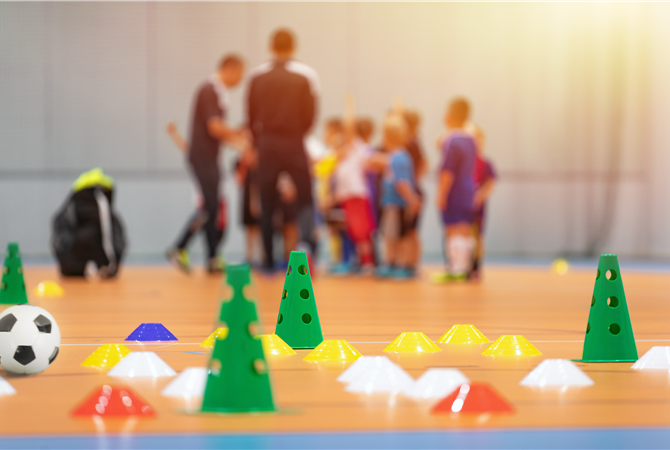
Direct instruction has a poor reputation. Regardless of the language used to describe it – command style, teac...
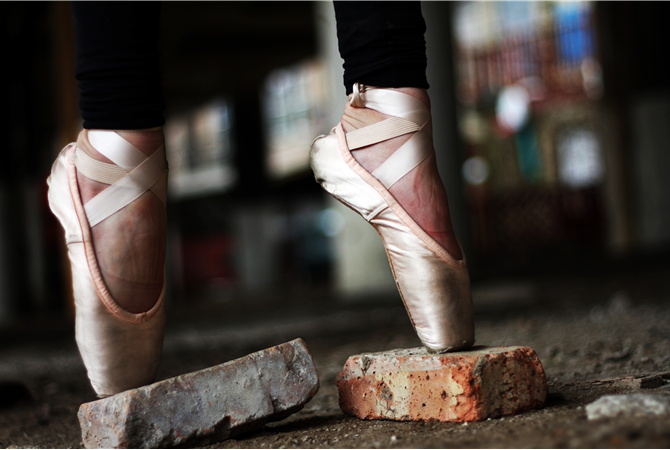
#Physed and #Physeders get a raw deal. We’re poorly represented in the media, often blamed for our nation&rsqu...
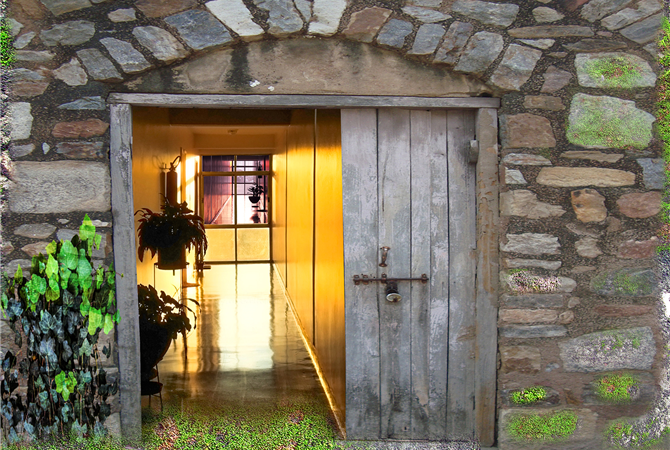
I made the decision, in late 2012, to blog about research and the PEPRN blog was born. In October 2015, after nearly...

How much plastic is in your store cupboard? How much of your equipment eventually goes to landfill? Looking back on ...
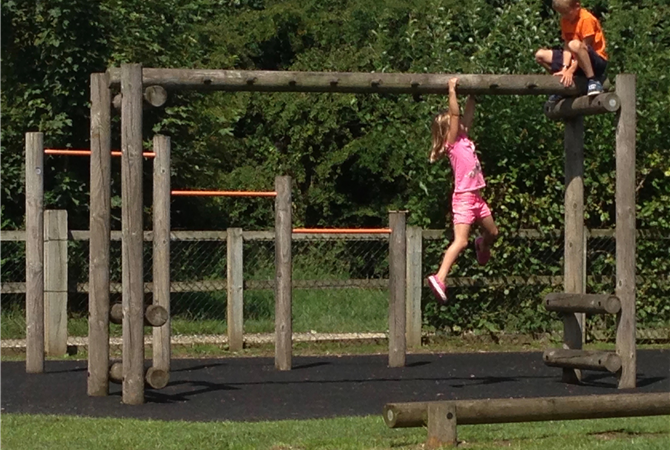
In the field of sport pedagogy in Germany there has been an increasingly loud call, one that I would argue is being ...

At the heart of this chapter is an aspiration to create a learning community involving teachers and academics. Indee...
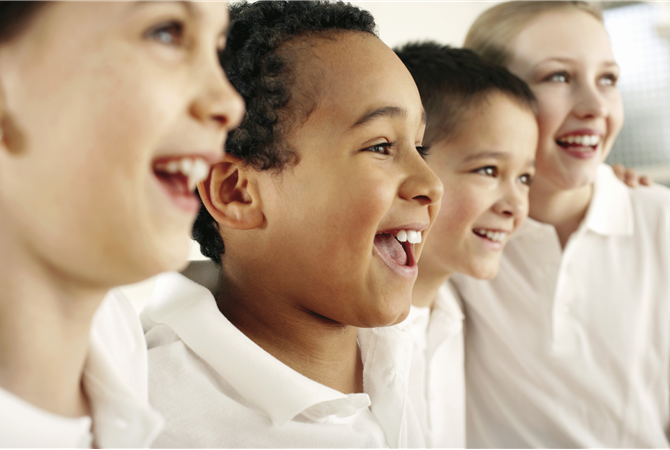
Ben and I first broached the idea of this book last decade and then spent some time ‘gathering’ chapter ...
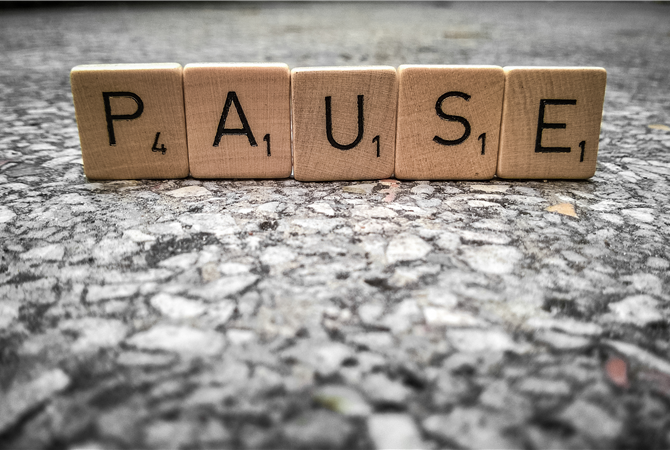
I will therefore hit pause and pick up the new blog in the new year. I feel that the combined effort of reading, blo...
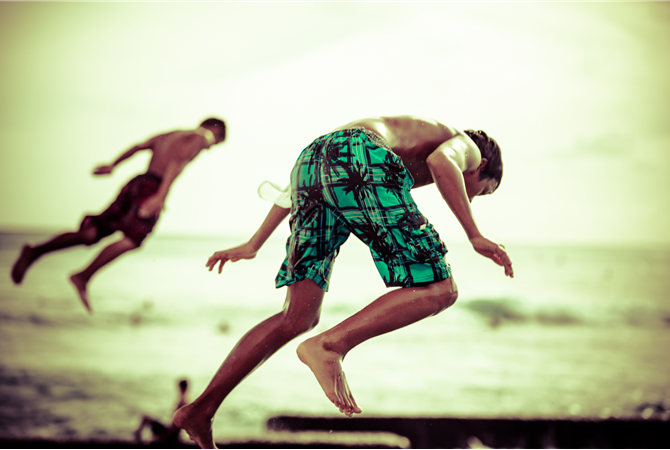
Throughout his book Memmert has advocated for the need to help players to be more tactically creative. He wants teac...
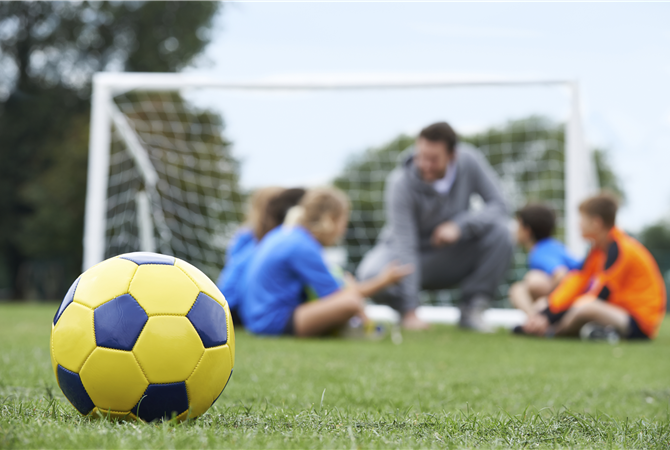
Memmert sets out to “demonstrate how teachers and coaches can foster tactical creativity in different basic ta...

Tactical creativity (the stuff of legends) currently exists as an ethereal and fragile notion or die and yet to gain...

In the previous blog we touched on the six Ds of Memmert’s Tactical Creativity Approach (TCA), i.e. Deliberate...
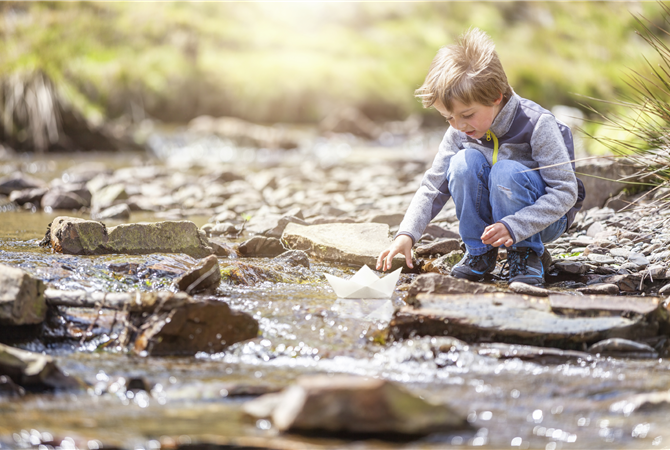
Memmert borrows the words of Sidney Crosby, a twenty-three year old hockey player, to try and explain how some playe...

There are many people who advocate a game-centred approach to teaching and coaching. Well-established approaches (su...

School, it seems, prepares us to assemble the facts and bring them together to find a solution. In other words, it r...

The very notion of creativity is one associated with uniqueness, originality and/or intuition. It is about finding t...
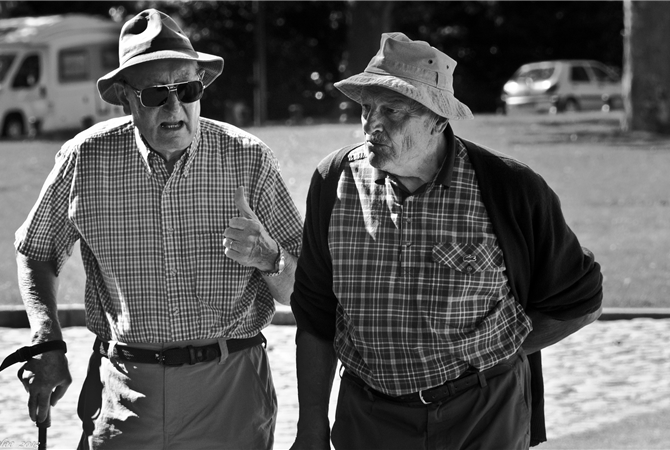
The sense (one I share with authors) on concluding this book is one of disappointment. Not overriding disappointment...
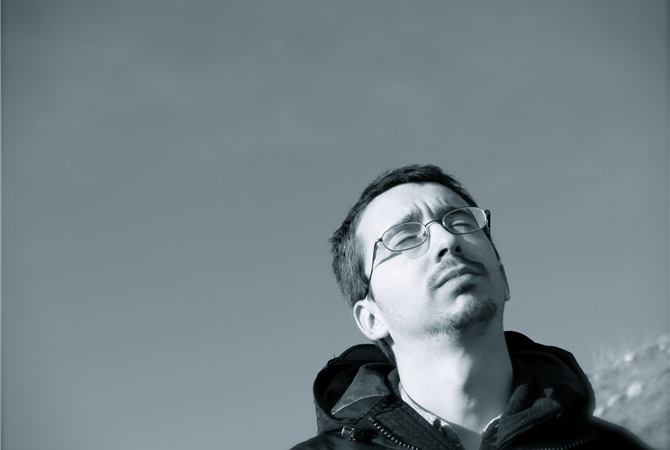
What isn’t being said? It seems, moving through Rossi and colleagues’ book, that paying attention to wha...
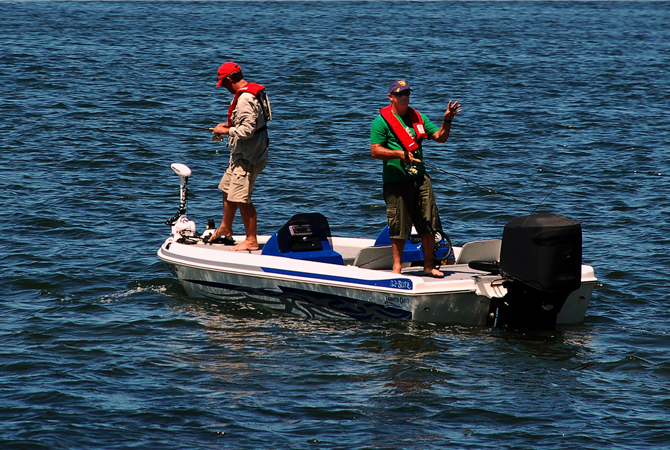
What has emerged from this series of blogs is a very real sense that new teachers are not free to simply be who they...
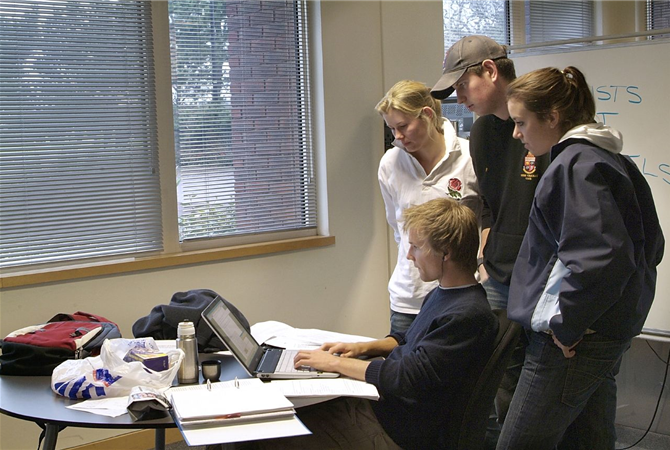
What are emerging teachers learning when they go into schools? Are they learning how to teach or how students learn ...

There is a certain order of things, it seems, when it comes to the workplace. There is a state of equilibrium, a &ls...
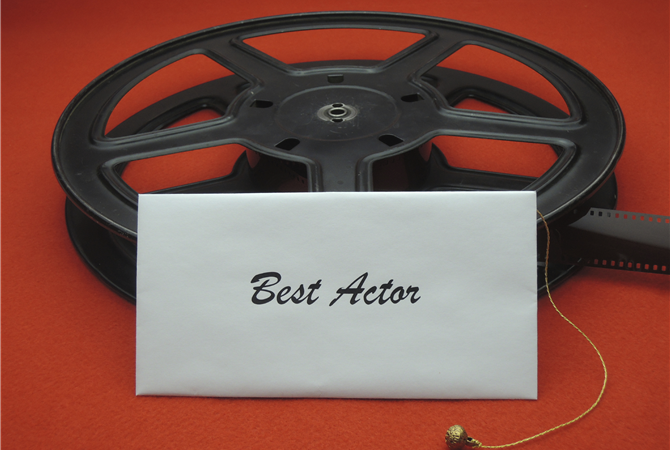
Strategy, it seems, is not left on the playing fields of physical education but is significant in departmental space...

Wanted: Teacher of Physical Education. Key Skills: Must share the same interests in traditional male sports...
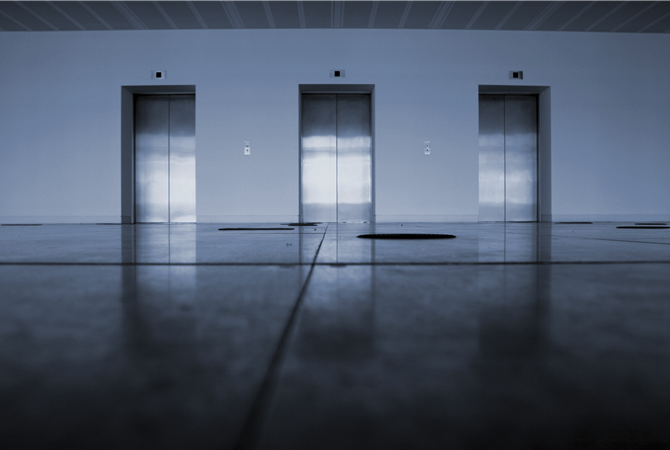
The Japanese have an expression “a man (sic) is what room he is in right now”. Put more simply this mean...
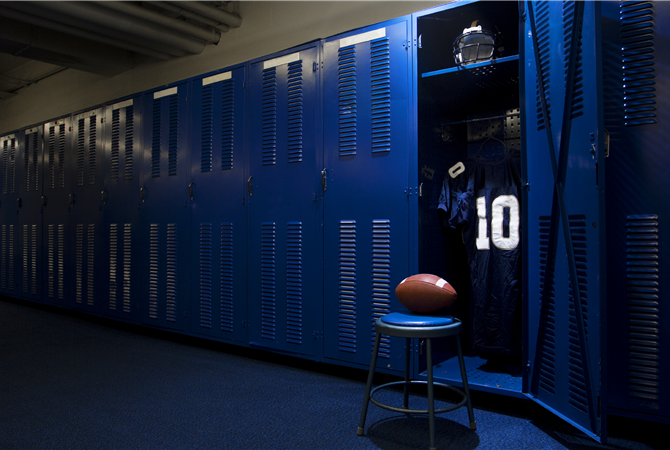
The “toxic jock” is a story that is frequently told in the media. It is one of oppression and belittleme...

Most people would struggle to win an argument that insisted that what happens in the workplace of a lawyer, a doctor...
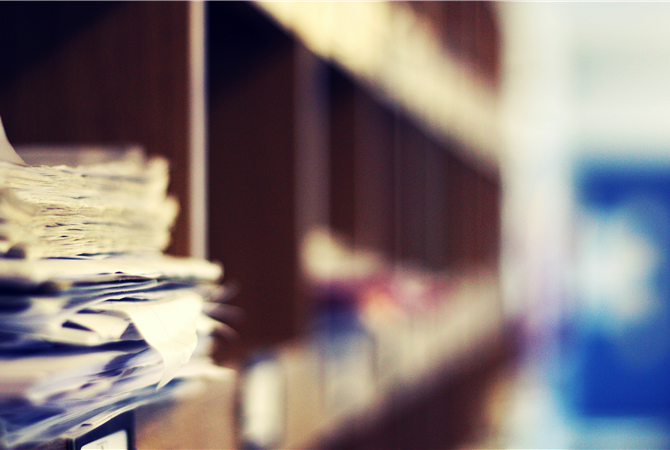
One of the undisputed ‘truths’ of teacher education is that learning to be a teacher requires the learne...
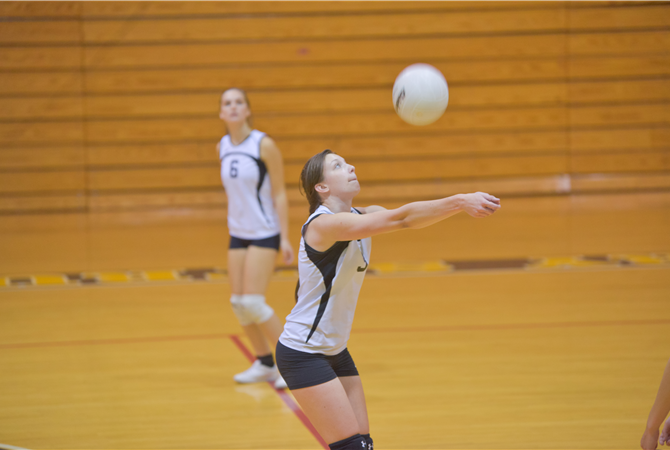
I'm sure at one point in many of our lives we have all dreamed of playing at the elite level. Whether that is in spo...

When Forrest Gump ran for the first time there was a perception that he couldn’t but he would be the exception...

Sometimes we make our own decisions and leave pursuits of our past in the past, for example when end our competitive...

We’ve all watched documentaries (I would have thought) that see explorers journeying deep into the jungle to m...

We often focus on what we can’t do and where the risks are and forget that greater competence, confidence and ...

Why do we have running or sustained running lessons in schools? To improve students’ fitness? Their endurance?...

Even model students need our help. It is easy to get caught up with those who struggle and it is equally easy to ass...

Girls are girly and they don’t play aggressive and explosive sports like football. They might throw like a gir...

How many kids walk out of their lessons and leave experiences and say “but…”? We need to help you...

Our focus on “our sports” (as teachers and families) and on traditional sports acts as a very real barri...

Sometimes we don’t often get the time to speak to the parents of the students we teach. The role of specialist...

A student misses two coaching sessions in a season, would you question their commitment to the team? If these sessio...

Many of the activities that occur in school and sports clubs are public but increasingly they are also occurring in ...

As parents, coaches, and teachers we’re often faced with a dilemma as to how much we encourage young people to...

The previous blog explored the pedagogical case of Deshane whose life and the conflicting things he witnessed on a d...

The previous blog explored the pedagogical case of Patrick, a seven year-old boy with autism. He is isolated from hi...

The previous blog explored the pedagogical case of Kate, a six year old who was doing well in most areas of school e...

The previous blog explored the case of Sophie and, through the lenses of physical activity, motor development, exerc...

The previous blog marked a change of direction (and a change of book) for the blog. Drawing on the twenty chapters (...

The previous blog, the last using papers from Routledge’s four-volume book ‘Physical Education’,...

The previous blog highlighted how we make inferences about particular situations. Indeed, it suggested, and in speci...

The previous blog considered the dominance of sport in the PE curriculum. It questioned how this ‘one way&rsqu...

The previous blog built on previous work and presented findings from a review of research on sport education to argu...

The previous blog explored how what we do and what physical activities we participate in are shaped by the culture i...

The previous blog explored the fundamental elements of the Sport Education model and asked us to consider what the k...

The previous blog considered the idea of how physical education encourages us to consider why we are ‘sporty&r...

The previous blog considered assessment of game performance. Building on the theme of Teaching Games for Understandi...

The previous blog explored the idea of “if-then-do” knowledge and how it is developed in games. The &lsq...

The previous blog asked how we might start to notice and then challenge the ‘things’ that hide in plain ...

The previous blog revisited a paper from the mid 1980s – one which owes in origins to work done in the late 60...

The previous blog looked at the idea that we need to stop once in a while least life pass us by. Drawing on work in ...

The previous blog looked at an expanded notion of the Teaching Games for Understanding (TGfU) model and argued that ...

The previous blog explored the development of a hybrid Sport Education and Teaching Personal and Social Responsibili...

The previous blog explored the notion of health-related exercise (HRE) in education and argued that we’ve take...

The previous blog sought to look beyond the apparent importance of techniques in physical education and club sports ...

The previous blog argued that dance is a way of moving that has been looked at through a limited viewfinder. It has ...

The previous blog argued that, despite our best intentions, a multi-sport curriculum is not capable of achieving the...

The previous blog looked at three pedagogical models (Sport Education, Teaching Games for Understanding and Cooperat...

The previous blog explored the idea of trusting our students to facilitate, support and thrive in a learner-centred ...

The previous blog looked at the pedagogical model, TPSR (Teaching Personal and Social Responsibility), and the impac...

The previous blog explored what I consider to be one of the seminal papers written about games teaching. It explored...

The previous blog explored the recent report by OfSTED (the Office for Standards in Education) jn the UK which expre...

The previous blog asked if we are caught, like a rabbit, in the headlights of indecision. In other words, do we alre...

The previous blog explored research that originated in the US and France around teaching the content of physical edu...

The previous blog looked at the idea that teaching (and by this I don’t mean learning) is dependant on the coo...

The previous blog considered the lens through which we view ‘good practice’ and subsequently the ways we...

The previous blog argued that student teachers are almost forced into a culture of compliance and replication that s...

The previous blog suggested that we have focussed too much attention to the ology’s of physical education and ...

The previous blog explored the idea of bio-pedagogy and argued that we should stop being idiotés and instea...

The previous blog explored the theoretical shift that occurred between the first and second drafts of Mosston’...

The previous blog questioned the ‘truth’ behind the ideas we hold so dear. Like those who believed the w...

The previous blog asked if the things we say we believe in when it comes to education actually feature in our lesson...

The previous blog explored aesthetics and embodied learning and blew the lid off the can that suggests that aestheti...

The previous blog looked at skill acquisition and skill analysis as two sides of the same coin that need to be devel...

The previous blog explored the notion of socialisation and asked how much of what occurred to an individual, both be...

The previous blog looked at the idea of good pedagogy and argued that it means different things to different people ...

The previous blog looked at the inherent difficulties of pedagogical change and of stepping away from the “tra...

The previous blog looked back on a paper written nearly 40 years ago and asked if PE still stands on the outskirts o...

The previous blog asked if the similarities of practice in PE are such that it is beyond the capacity of individuals...

The previous blog explored the idea of ‘gamesmanship’ in the act of being a student. By being compliant,...

Volume 3: Teachers, teaching and teacher education in physical education The previous blog explored the idea of...

Volume 3: Teachers, teaching and teacher education in physical education The previous blog talked about...

Volume 3: Teachers, teaching and teacher education in physical education The previous blog looked at the streng...

Volume 3: Teachers, teaching and teacher education in physical education The previous blog looked at how teache...

Volume 3: Teachers, teaching and teacher education in physical education The previous blog asked what the impac...

Volume 3: Teachers, teaching and teacher education in physical education The previous blog looked at profession...

Volume 3: Teachers, teaching and teacher education in physical education The previous blog suggested that what ...

Blog 1 - The importance of what is said and what is done in the name of physical education Examines the incons...

Volume 2: Learners and Learning in Physical Education The previous blog we considered peer-assisted learning (i...

Volume 2: Learners and Learning in Physical Education The previous blog we explored the idea that many children...

Volume 2: Learners and Learning in Physical Education The previous blog explored the differing forms of instruc...

Volume 2: Learners and Learning in Physical Education The previous blog returned to a paper published in 1992 a...

Volume 2: Learners and Learning in Physical Education The previous blog asked if our beliefs around the nature ...

Volume 2: Learners and Learning in Physical Education In the previous blog I explored research arou...

Volume 2: Learners and Learning in Physical Education In the previous blog I suggested that game play is an inh...

Volume 2: Learners and Learning in Physical Education In the previous blog we asked what learning theories info...

Volume 2: Learners and Learning in Physical Education In the previous blog we asked what cultural experiences c...

Volume 2: Learners and Learning in Physical Education In the previous blog we explored girls’ perceptions...

Volume 2: Learners and Learning in Physical Education In the previous blog we investigated the impact t...

Volume 2: Learners and Learning in Physical Education In the previous blog we investigated the ‘muddy wat...

Volume 2: Learners and Learning in Physical Education In the previous blog we asked what types of exper...

Volume 2: Learners and Learning in Physical Education In the previous blog we explored Kirk’s discussions...

Volume 2: Learners and Learning in Physical Education In the previous blog we explored one the first em...

Volume 2: Learners and Learning in Physical Education In the previous blog we explored the idea that more is be...

Volume 2: Learners and Learning in Physical Education In the previous blog we explored Flintoff and Scraton&rsq...
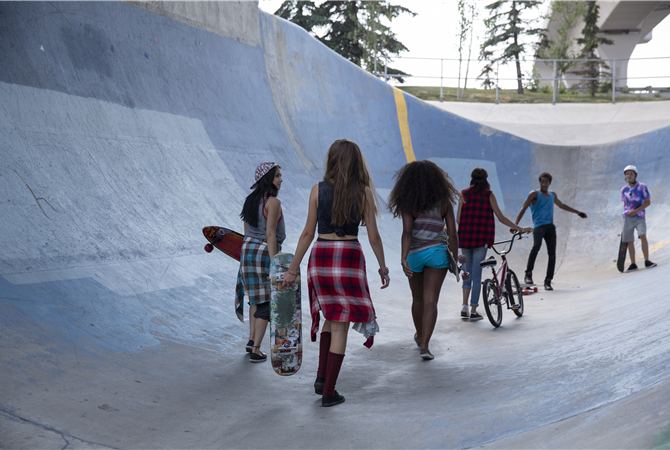
Volume 2: Learners and Learning in Physical Education In the previous blog we explored the experiences of five ...

Volume 2: Learners and Learning in Physical Education In the previous blog we reconsidered Ennis’s notion...

Volume 2: Learners and Learning in Physical Education In the previous blog we explored how ability has been asc...

Volume 2: Learners and Learning in Physical Education In the previous blog we explored the link between...

Volume 2: Learners and Learning in Physical Education In the previous blog we explored the idea that ...

Volume 2: Learners and Learning in Physical Education In the previous blog we explored the ideas ar...

Volume 1: The Nature and Purposes of Physical Education In the previous blog we explored physical literacy that...

Volume 1: The Nature and Purposes of Physical Education In the previous blog it was suggested that ...

Volume 1: The Nature and Purposes of Physical Education In the previous blog we explored that through ‘ou...

Volume 1: The Nature and Purposes of Physical Education In the previous blog we explored the idea of valuing th...

Volume 1: The Nature and Purposes of Physical Education In the previous blog we explored the ways in which bein...

As a sportsman this is something that I heard all the time...especially as a young player. In the world of social me...

As I sit to write - be it this blog, a lesson plan, a presentation or a research paper - I like to think of the stor...

By Margaret Whitehead I am pleased to report that there are five teachers who are actively looking at ways of eng...

Practice are not created and developed by individual teachers but is subject to expectation and cultural histories...

Practice are not created and developed by individual teachers but is subject to expectation and cultural histories...

On the twenty-year anniversary of the scholar lecture at the Physical Education Special Interest Group (SIG) invisib...

I am delighted to say that Professor Margaret Whitehead has joined PEPRN and has created a physical literacy discuss...

As a PE teacher you wouldn’t expect your students to sharpen their quills and top up their ink wells before a ...

My “go to” book of the year, the one that I have recommended to all my friends and the one I am now reco...

My guest blog on the 'Education is Physical' Blog can be found at: http://educationisphysical.wordpress.com/20...

Some would argue that it hasn’t while others would say that it has changed fundamentally. I guess it depends &...

I have been in higher education for a term over two years now and the one thing I continue to struggle with it findi...

In undertaking the 30 day blogging challenge I am faced with a conundrum for day two....a 'top tips' blog...I though...

Lead articles today in the Guardian ( http://goo.gl/mXik7 ) and the Telegraph ( http://goo.gl/76jCT ) - among other ...

The act of using Cooperative Learning (by ensuring that the non-negotiable elements of individual accountability, po...

In considering my role as a teacher and now a teachereducator I have become increasingly interested in self-study. T...

I have had the pleasure of reading the 200 word reflective blogs of either our new students physical education exper...

When did mentioning fun in physical education become likeswearing on prime time TV? I am struggling at the moment to...

Practitioner Summary: Thetraditional games persist in schools well into the 21st century andthe age-old problems of ...

On the final afternoon of my family’s recent trip toScotland I had the opportunity to reflect on how much of a succe...

Since returning from Japan my reflections have centred onthe lack of evidence to support what we do in physical educ...

I have been fortunateenough to spend a few days in Tsukuba, Japan as part of summer school withcolleagues from Korea...

The “container generation” have been both deposited and then carried around in their portable seats for ...

After three days in Limerick, Ireland as one of a gathering of renowned, emerging and/or aspiring physical education...

Policeman, lawyer, scientist, teacher. The very names of these professions already tells us what to expect when we me...

There is a large body of research that describes and explains the potential benefits of school/university collabor...

Ben Jones (@benpaddlejones) and I have just completed a research paper looking at his use video analysis in physical...

Talking research I wonder if reading as an academic is worthwhile if the audience for most of my learning is me? ...

I have been working with some colleagues on my reflective practice. As a result of these initial conversation I have...

What does your version of education or physical education look like? I ask thequestion as I have just read a paper b...

In the last year I've had the opportunity to visit and talkwith teachers and teacher educators in Spain, Ireland and...

“Thanks for coming all the way from the Swiss Alps. Are the huskiesoutside?” This was the greeting I received from...

Primeval Me by Nalda Wainwright The cold weather gripping the country hasmade me very glad of the log burner in my...

As physical educators’ we are well versed in thedesirability of ‘warming up’ appropriately. On con...

A focus in the physical education and sport pedagogyresearch group has been on getting our new doctoral students to ...

I have talked before about model-based practice (i.e.alternative approaches to teaching in physical education that p...

Dr. Ashley Casey invited me to contribute a ‘blog’ about Game-Centered approaches to teaching, coaching and learning...

A month ago in my blog ‘are alternative pedagogies good foryour teaching’ I proposed a series on Models-Based practi...

In his inaugural lecture at Leeds Metropolitan University Professor David Kirk developed a discussion around the p...

I must open this blog with an apology. In my last blog I promised that it was the first of a series of blogs about m...

The pages of research journals, professional magazines, websites and conference bookstands are filled with miracle c...

Day four began with a Phys Ed session exploring perspectives on physical education. The first paper explored physica...

Normal 0 false false false EN-GB X-N...

Normal 0 false false false EN-GB X-N...

Normal 0 false false false EN-GB X-N...

Normal 0 false false false EN-GB X-NONE ...

This blog has emerged out of a manufactured chance retweet on twitter. My preferred means of access my twitter accou...

Websites. We see lots of them every day; scores in a week, hundreds in a month (you get the idea) but what makes the...

The dominant discourse in physical education over the last three decades has been focused on the staid pedagogical f...

When I was a young rugby player someone said to me "there are two types of Rugby players: Piano Carriers and Piano P...

I started working with student-designed games (SDG) last year and was excited by the depth of learning it engendered...

As those who follow me on twitter will know I have been at the 16 International Reflective Practice Conference this ...

The hardest part... And the hardest part Was letting go, not taking part Was the hardest part An...

I received my iPad a couple of days ago and I keep trying to find reasons to use it. It is wonderful as a toy but I ...

We traditionally have an ablest approach to teaching. We definitely have an ablest approach to teaching physical edu...

This approach to teaching put the game first. However this is not a playing games just to keep students 'busy, happy...

I am just reading up about continued professional development (CPD) and it simply doesn't seem to achieve anything o...

In his book Discipline and Punish: The Birth of the Prison Michel Foucault (1977) suggests that schools adopted thei...

As I have said previously, I have secured funding available to create a physical education practitioner research net...

This is the sentiment that I would like to inspire in the teachers in the local community. Continued Professional De...

Teachers have suffered from bad press of late (and some would argue not just of late). Their professionalism has bee...

I saw this argument discussed (or mentioned) on twitter and thought I would try and answer it. I am not sure that th...

A hundred times every day I remind myself that my inner and outer life depend on the labours of other men, living a...

Check out this SlideShare Presentation: http://www.slideshare.net/DrAshCasey/reflective-teacher

I have been interested in the use of cooperative learning in my teaching for a number of years. My interest grew out...

I thought it might be useful to look at the action research cycle itself and use a technological example, which seem...

This first post is dedicated to a number of people: Kurt Lewin who first coined the phrase "action research" and...
-
-
- Authors’ Response to “ChatGPT and Artificial Intelligence: Reflection on Potential Impacts within Health and Physical Education”
- Authors response to "Ability grouping practices in secondary school physical education in England"
- Black teachers' experiences of becoming and being a Physical Education teacher
-
- ChatGPT and Artificial Intelligence: Reflections on Potential Impacts Within Health and Physical Education
- Ability grouping practices in secondary school physical education in England
- The socio-cultural impacts of gendered school sports uniform and the role uniform plays in shaping female experiences of school sport
-
- Author response to "Physical education and the art of teaching"
- Physical education and the art of teaching
- Author response to "Exploring the changes of physical education in the age of Covid-19"
- Exploring the changes of physical education in the age of Covid-19
- Author response to "Rethinking the classification of games and sports in physical education"
-
-
-
-
-
-
-
-
- Students’ rush in where teachers fear to tread: Sport Education as student-centred approach
- “Don’t throw the baby out with the bath water”: Might multi-activity programmes be a good thing?
- Why isn't PE taken seriously by girls when physical activity is on the rise?
- Being ‘normal’ in PE: Unrealistic measures of ability for disabled students
- I’m Sorry. I’m Sorry. I’m Sorry. But is sorry enough?
-
- Knowing about something is not the same as doing it: Girls apparent engagement and disengagement in PE
- The ends and not the means of PE: Who decides which is important?
- Life is learnt through what ‘I can’ do rather than just what I think
- Tinkering around the edges is not enough: gender sensitive physical activity programmes
-
-
-
- A beginner's/teacher's guide to developing a virtual identity or How I learned to love my avatar (by Brendan Jones)
- The stickiest situation since Sticky the Stick insect got caught on a sticky bun
- Teacher-as-researcher (Guest Blog)
- How has physical education changed?
- Finding the right forum for talking with teachers
- Ten things I learnt this year...
- One-in-ten schools 'failing'
- How to plan a unit of work in cooperative learning?
- The teacher them self
-
-
The aim of this website is to bring together physical education teachers, coaches, physical activity leaders, volunteers and university practitioners from around the world to talk about practice, young peoples’ experiences of physical activity, and research.
Dr Ash Casey is Reader in Physical Education and Pedagogy at Loughborough University. His research focuses on Models-based Practice, pedagogical models, practitioner research and the use of new technologies in physical education. Ash in an Associate Editor for the peer-reviewed journal Physical Education and Sport Pedagogy (Routledge) and has written five Routledge books and publishes regularly in leading physical education research journals. He is also the series editor of the Routledge Focus on Sport Pedagogy. He is active on social media where he writes and blogs about Models-based Practice, teacher learning and new technologies.
We are always interested in ideas and suggestions from people so please get in touch





